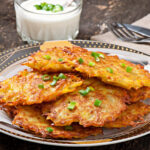
Get a Taste of Even More Bizarre Depression-Era Foods
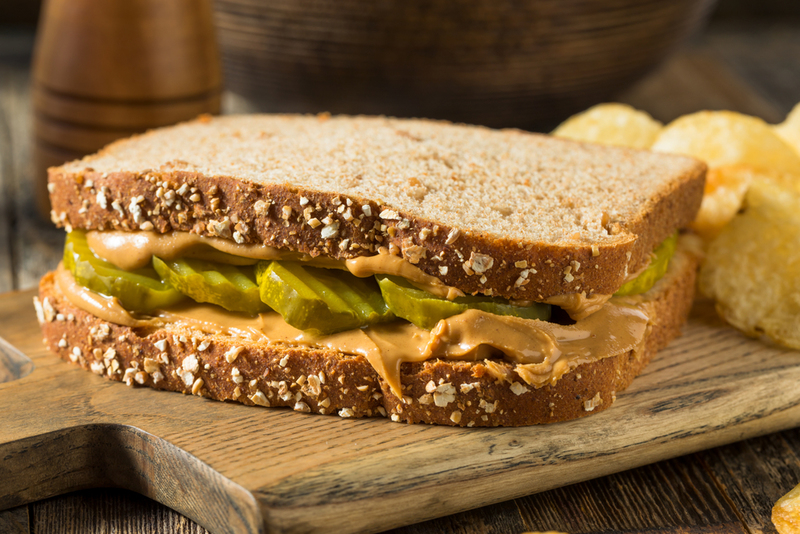
Food was sparse and those who lived during that time had to get creative. Here’s a list of some more of the weirdest things they came up with.
Tomato-Banana Tarts
You take two great foods and you put them together to create quite vile. We can’t quite imagine this dish working up any sort of appetite for anyone.
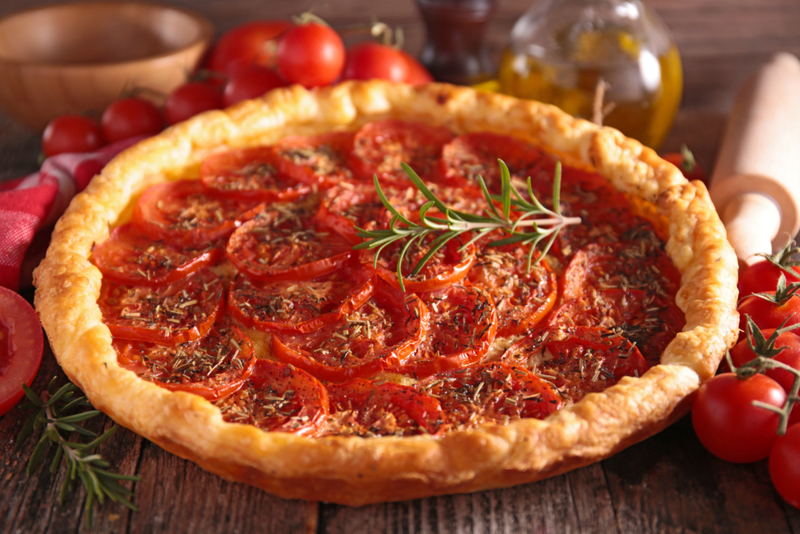
Tomatoes are considered a fruit, but there is no way that you can call this a fruit salad. Combine the bananas with apples or any other fruit and the tomato with any other vegetable and even some other fruits but together, that is not an awful snack.
Chicken-Cranberry Salad
Chicken cooked with a side of cranberries is anything outrageous sounding, but this is not that. This vintage salad was made with the dynamic-duo back then which included mayonnaise and gelatin, mixed together with some low-quality canned vegetables.
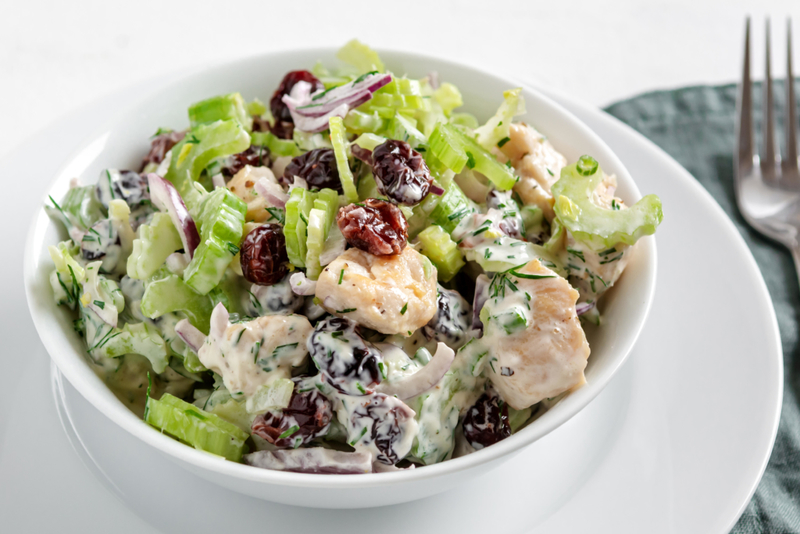
But, in order to stomach it, you might want to put a scoop of it on a salty and dry cracker, which should help keep nausea that way.
Stovetop Baked Beans
This makes sense. During a period of great poverty, a cheap can of baked beans was a popular choice for many struggling Americans.
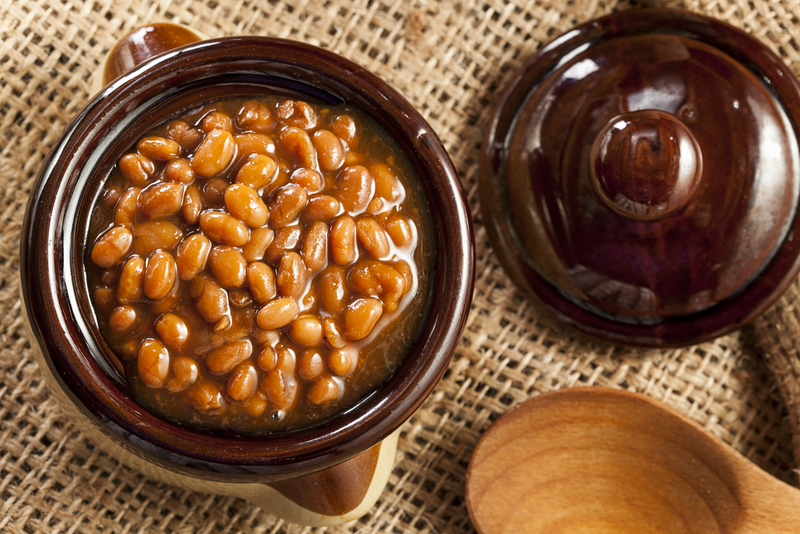
Throw it on a stove and serve it with some bread, and you have a warm hearty meal on your table. Not the tastiest, but your belly would be full.
Mayonnaise with Jello
One of the challenges of using leftovers for other meals was the attempt to make dishes look as “attractive” as possible. While our food aesthetic has drastically changed since the 30s, a favored trick was stuffing things into gelatinous goops.
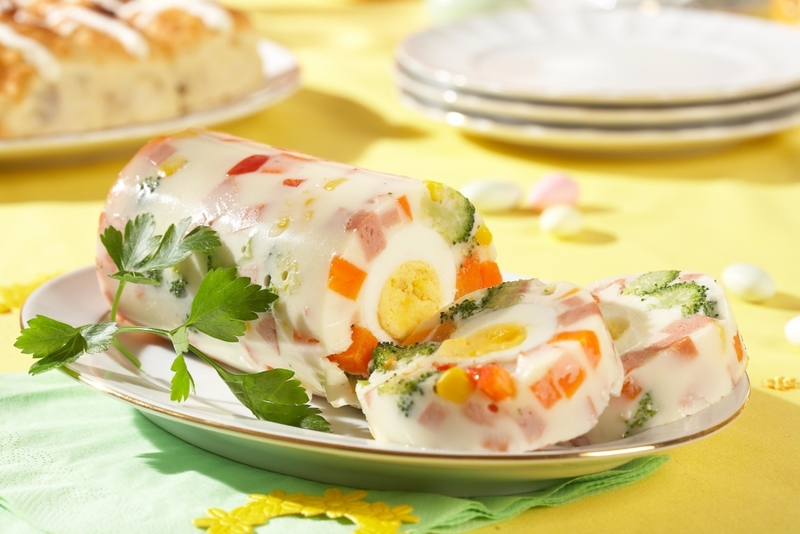
By doing this all the scraps would be hidden into big colorful molds. It almost didn’t matter how it tasted as long as it looked big and festive.
Super Salad Loaf
This era was obsessed with condensing random foods into loaves Well, this is probably the dish that put an end to that adoration.
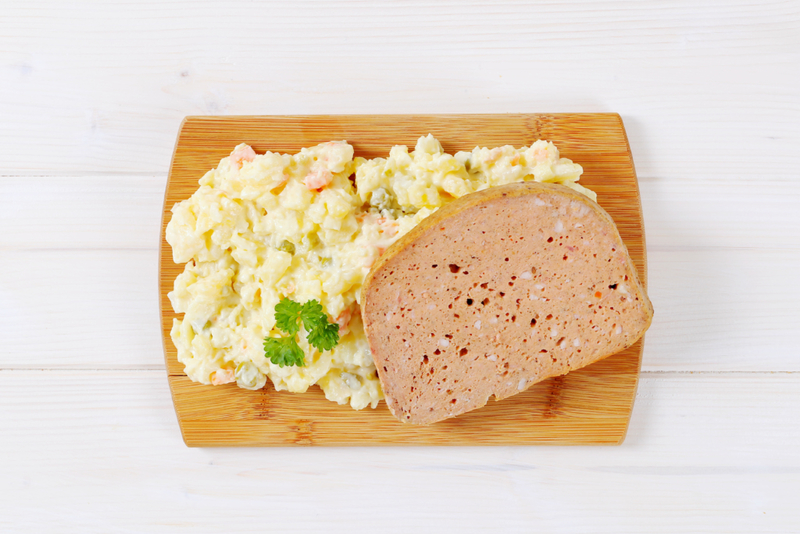
This “salad loaf” is pretty much a hollowed-out slab of bologna, stuffed with the dynamic duo- gelatin and mayonnaise of course, along with smashed peas, and other gross canned veggies. This is the kind of dinner that makes you realize how blessed you weren’t around to “enjoy” all of these great delicacies.
Cherry Coconut Treats
This perhaps sounds a tad decadent for a great depression-era recipe but the internet tells us that this recipe has been around for over 100 years, so we’re pretty sure folks in the 30s were chowing these down.
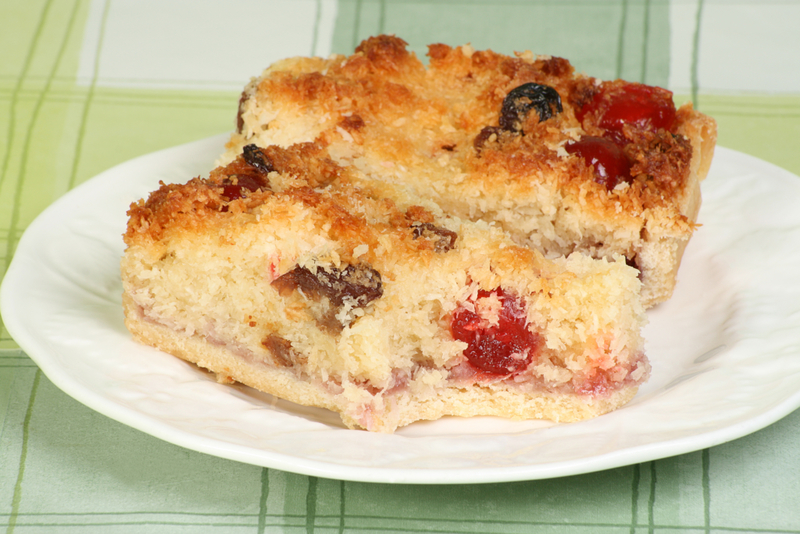
With some red and green maraschino cherries, this sweet treat is literally the cherry (and coconut) on top of any meal.
Potato Doughnuts
When you’re in desperate need of dessert but all you have in the house are potatoes. No, we’re not describing a frat house, but rather a typical home during the great depression. If that was the case, then sweet potato doughnuts were the solution.
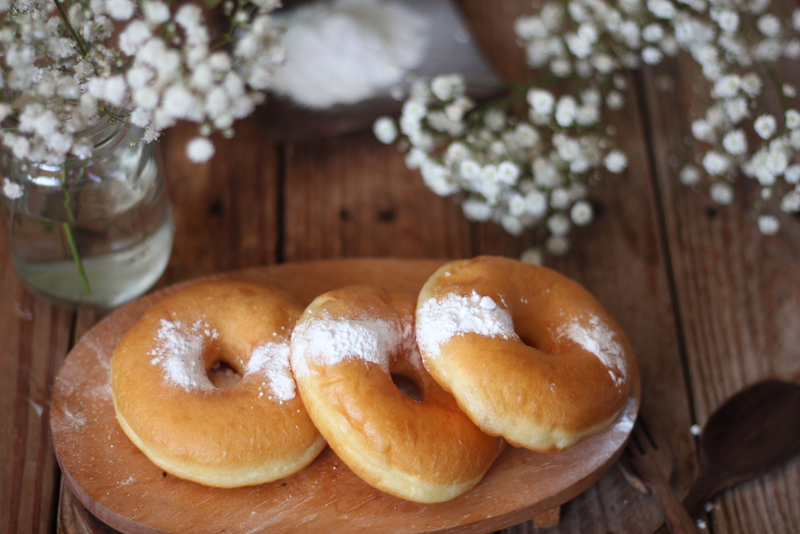
And for all you sweet-toothed folks out there with nothing in the fridge, you could definitely try this one out too.
Oat & Coconut Icebox Cookies
Everyone loves cookies, but only a handful are truly cookie obsessed — and for those out there, this is the cookie for you. When all you have is oats and some basic baking ingredients, this will do the trick.
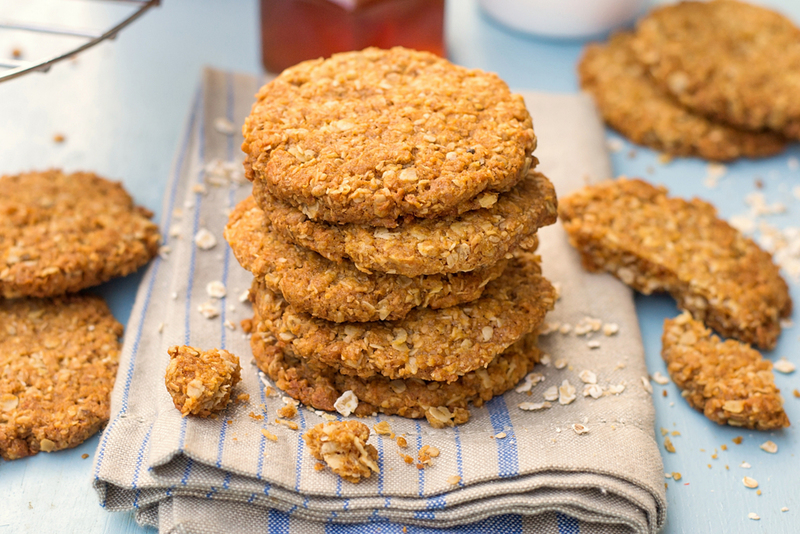
Families would scoff these up on those icy nights, dunking them into coffee or hot cocoa. It wasn’t much but it sure was cozy.
Granny’s Cocoa Cream Pie
Add “granny” to any recipe and it already sounds like home. This granny’s cocoa cream pie only needs eggs, cocoa powder, salt, flour, milk, and vanilla.
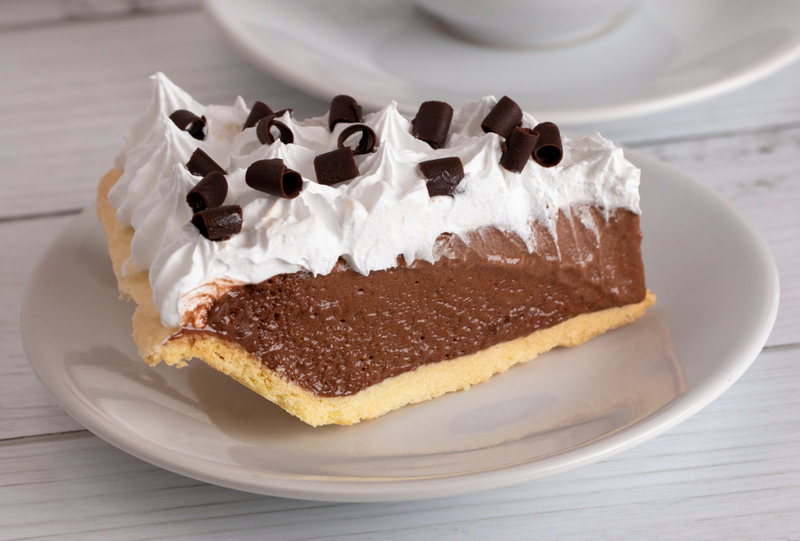
Whip these things into shape and you have the perfect nostalgic dessert that will transport you right back into your childhood kitchen.
Hot Milk Cake
If the great depression proved anything (aside from what a bad credit score can do) its how much you can make with eggs, milk, sugar, and baking powder.
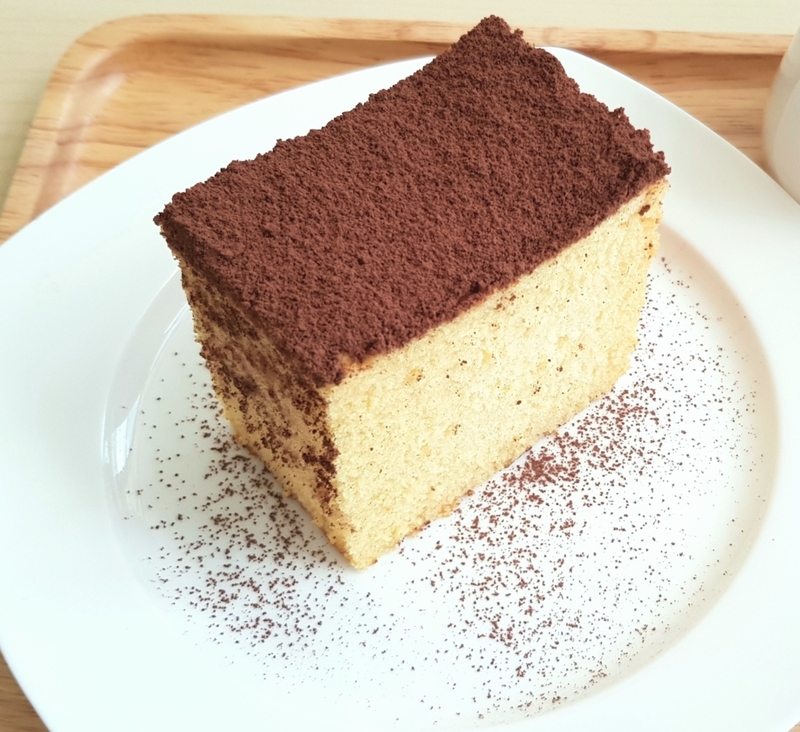
Hot Milk Cake was another invention and with the right ingredients, this sweet cake was deliciously moist and deeply comforting during harsh times.
Grape Pie
Another member of the “desperation pie” family, the grape pie was another nifty way to preserve fruits around the house and make tasty meals out of them, or at least something sweet and filling.
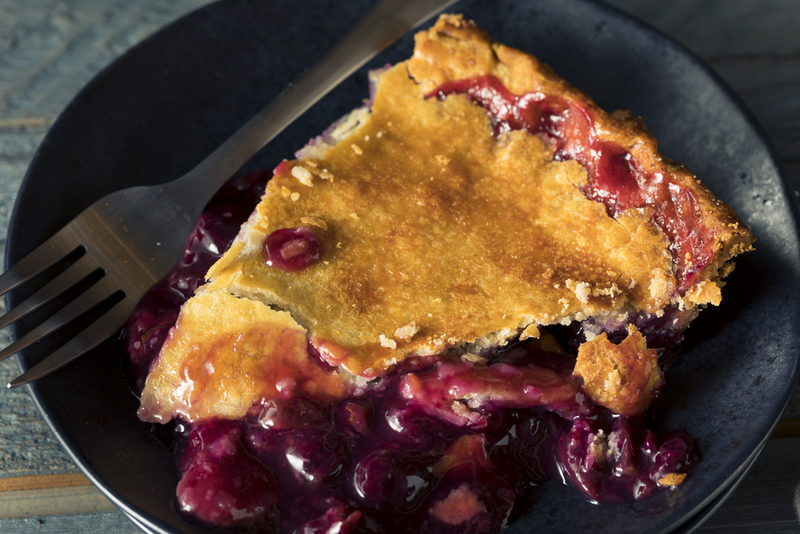
Hardworking housewives would boil grapes and skin them (they needed to keep busy) and then mush them and blend them back into pies. Treats for all.
Scotch Eggs
There’s a reason why it’s called scotch eggs and it’s pretty obvious. You shove hard or soft-boiled eggs inside of mysterious sausage meat and coat it in breadcrumbs and baked or deep-fried.
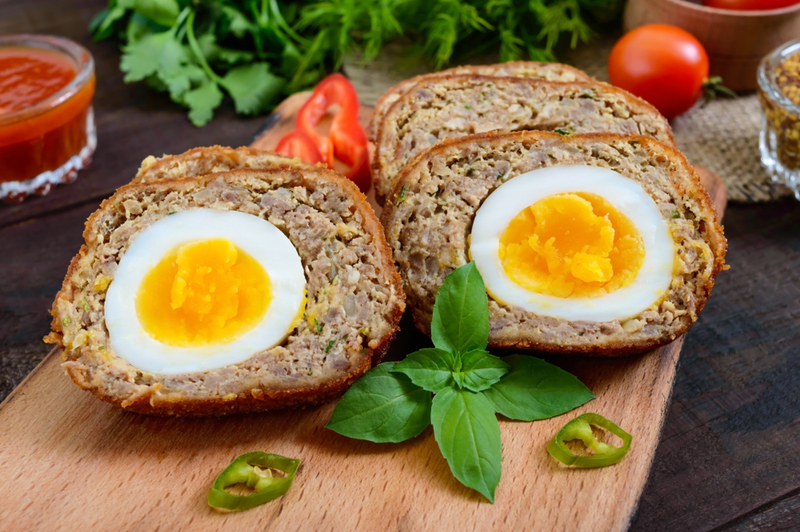
I’m not sure who in the world came up with this atrocity but I’m pretty sure he had some swigs of scotch in his system when he put all of the ingredients together.
Canned soup
Homemade soup is probably one of the easiest things to whip up. And it surely beats the taste of aluminum canned soup that comes with a ton of sodium, a lack of nutrients, and many preservatives.
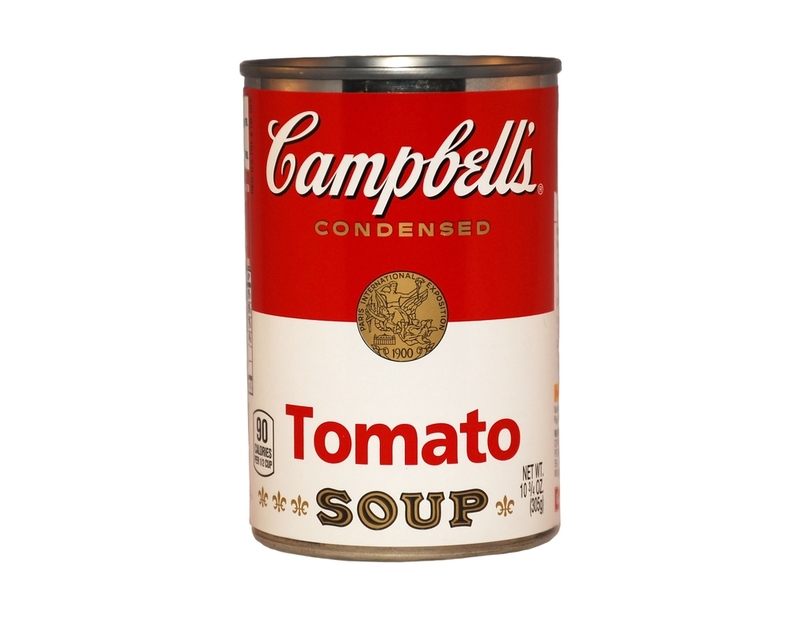
Plus, canned food is a significant source of BPA, which may lead to several health problems down the road.
Frozen Fruit Salad
When fresh produce was hard to come by during war-torn days, canned goods were a solid option. Just like today, you could get just about anything in a can back then. The frozen fruit salad was a perfect dessert.
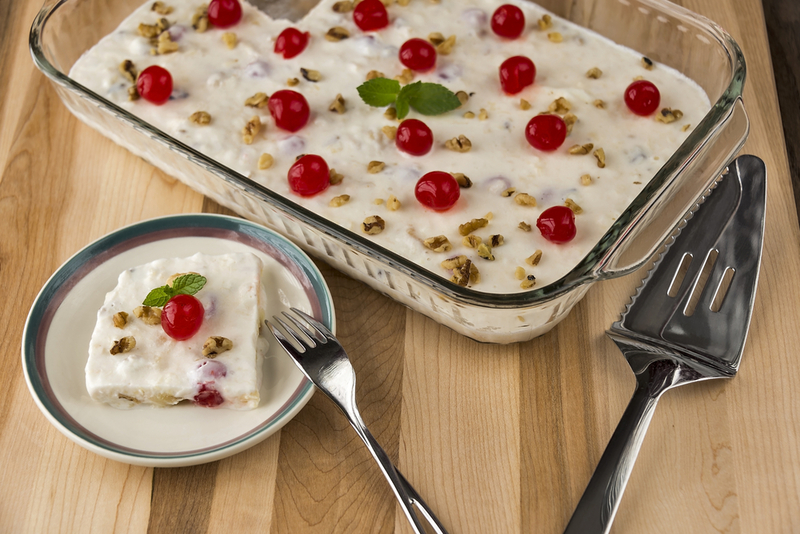
During the holiday season, doting moms would add honey or cream. Those “Silent Gen” folks sure knew how to whip up a treat.
Plain toast
You can’t really go wrong with toast. Warmly grilled white bread with a spot of butter? This “dish” is as old as time itself and makes a perfect breakfast or any time snack.
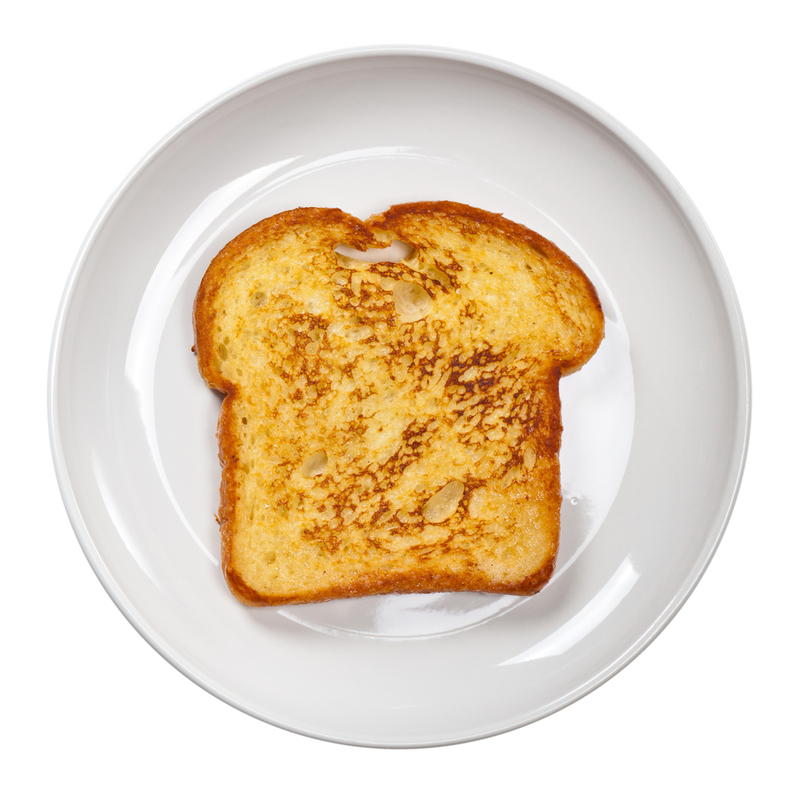
It’s also a great way to zhuzh boring old bread. But let’s face it, as great as toast is, during a shocking economic dpression, sometimes it’s the only option you have.
Chop Suey
America is a melting pot and its cuisine was borne from many different cultures. Many of it evolving into dishes that might be unrecognizable to their originators. Such is the case with depression-era chop suey.
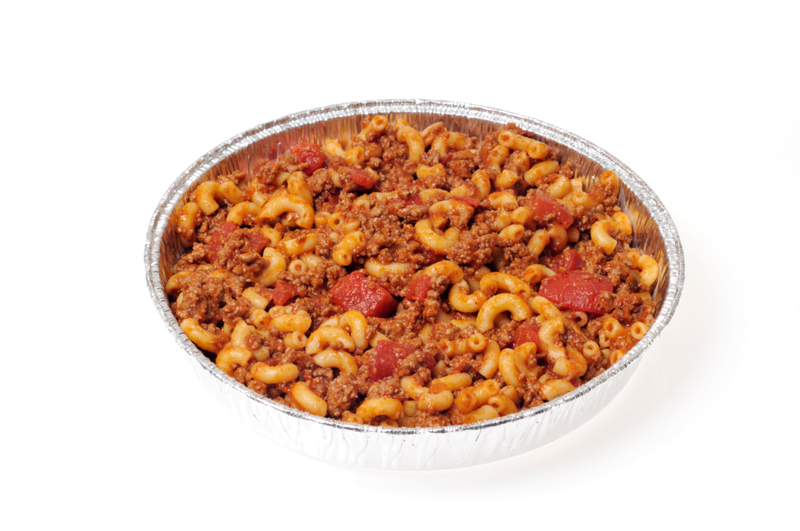
The food seemed to take on less of an Asian flavor and had macaroni, ground beef, and tomato sauce. This sounds more like pasta, forgive us for being confused.
Pizza-less Pizza
When you don’t have toppings for pizza usually the next best thing is focaccia (though that is amazing in its own right) but when you can’t make that then just make “bread pizza.”
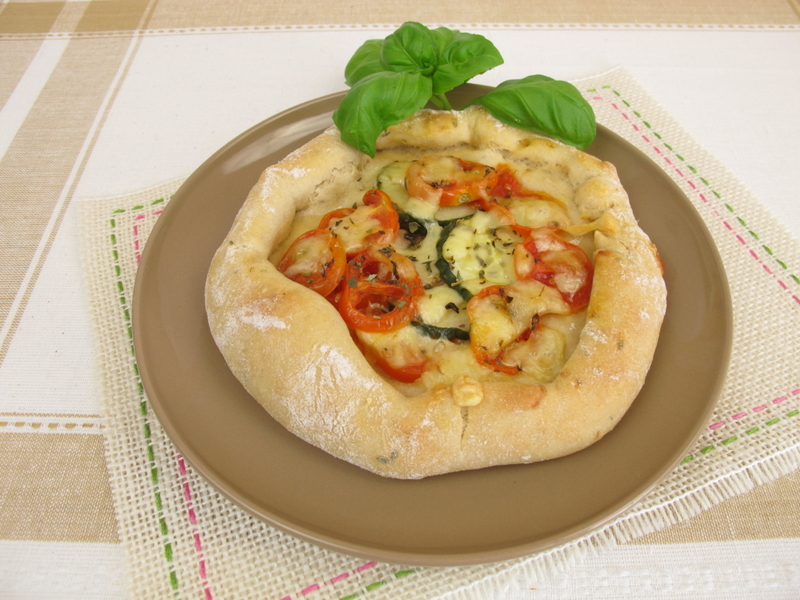
That is just pizza dough rolled out and topped with a bit of butter. Cheese and sauce are a little pricey so this was the best they can do. Honestly, you can’t really go wrong with butter and dough.
Milk Galore
When it came to school lunch, parents had to get creative in order to keep the kids fed. The Great Depression was a time where many folks, young and old went hungry.
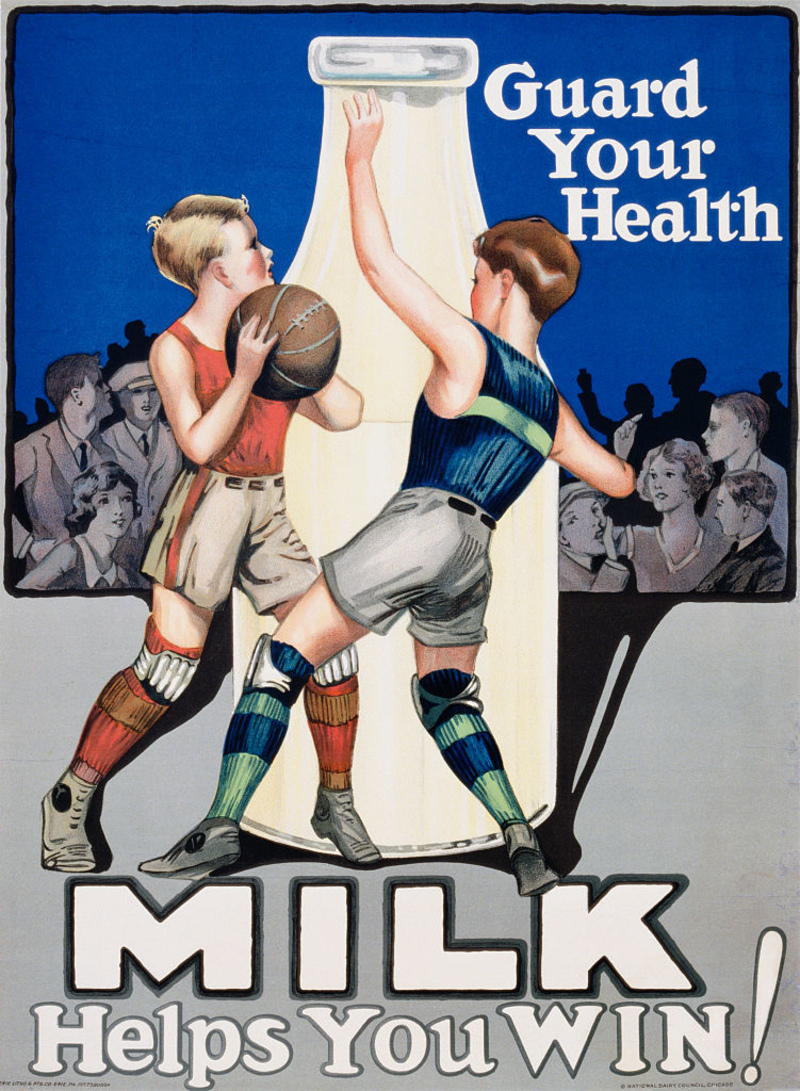
Milk appeared in just about every meal as it was considered one of the strongest sources of protein. The government actually advises that kids drink up to four cups of milk per day.
Peanut Butter and Pickle Sandwich
Okay, we’re drawing the line here. The only things that go with peanut butter are bread and jelly. Maybe certain fruits if you’re feeling edgy, but pickles?

That’s a no from us. Kids would eat slices of pickles in the PB&Mayo sandwiches. We’re imagining there was less lunch-related bullying back then.
Breakfast Sugar Cookies
Who doesn’t love cookies? Done right, you can serve them just about any time of the day, especially mornings! How else could you get your energy back in the day? Americans were less accustomed to breakfast smoothies and chia seeds back then.
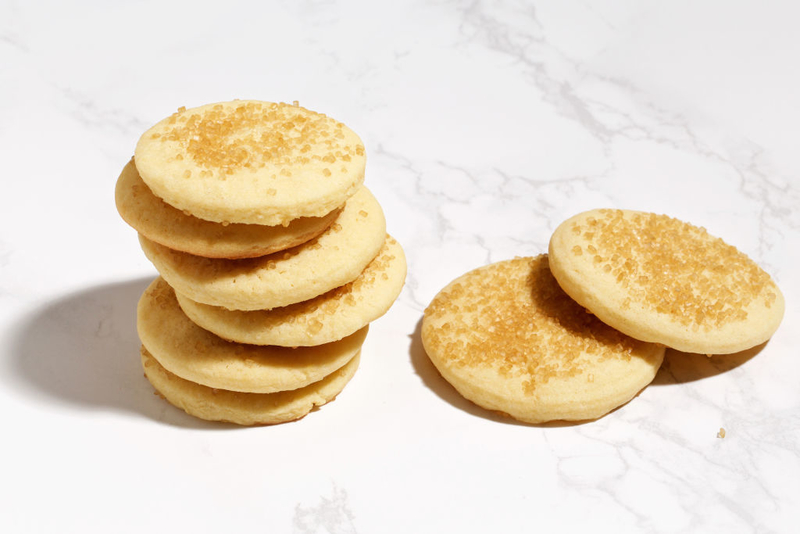
Good old sugar cookies did the trick! Throw in some condensed milk and that was a perfect dinner-time treat.
Cabbage and Dumplings
Frying up some cabbage and onions in a pan can do wonders. Especially if you add an egg. For a glimpse into some old-time cooking, check out Guildbrook Farm — Off-Grid Living and learn how to make this unique dish.
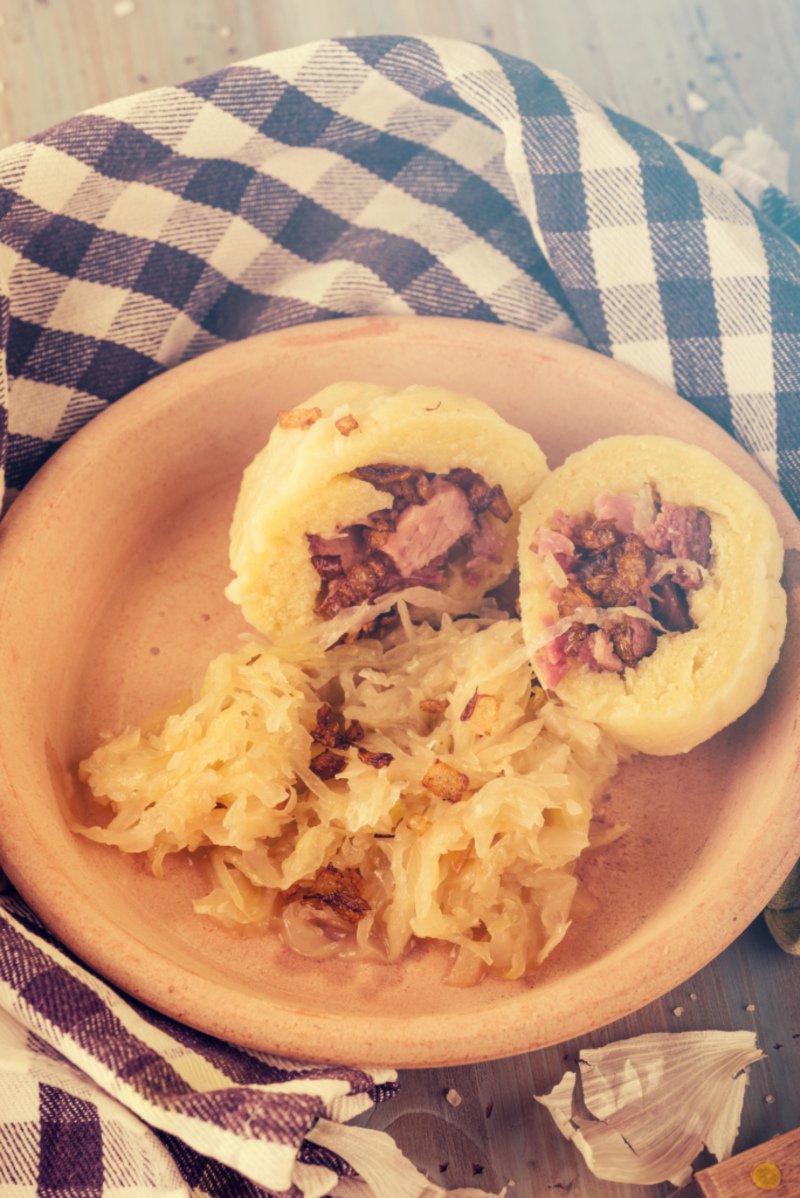
That is of course if you want to make it, though we’re not exactly sure why.
Cooked Bread
Back then everyone mastered their bread-making skills. Only the very rich would actually go out and buy a loaf of bread. Of course, if your baked bread went a little stale one wouldn’t simply throw it out. That would be crazy!
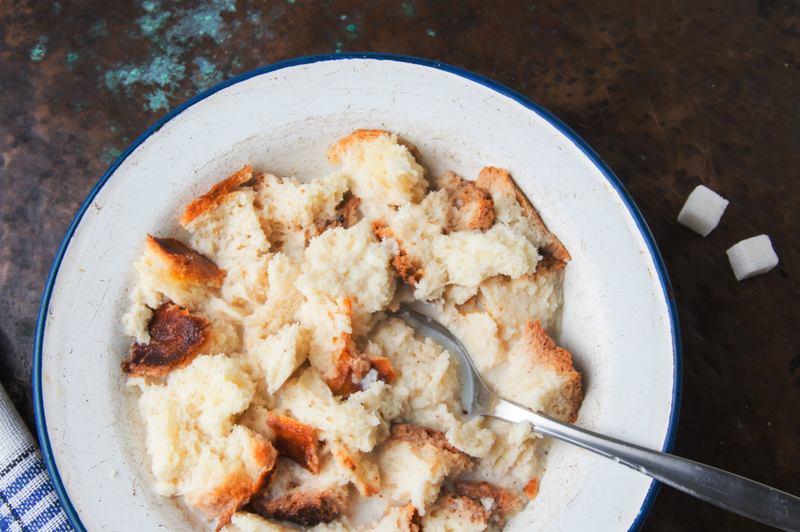
Cooked bread essentially meant bead that was cut into slices, doused in a little olive oil with boiling hot water poured over it. The soggy bread would then be mashed up. Yum.
Hot Water Pie
Don’t let the name deceive you, this is one sweet pie. It’s simple too, which its name actually does suggest. The dessert contains ingredients that were famous during the depression era, mostly for being available.
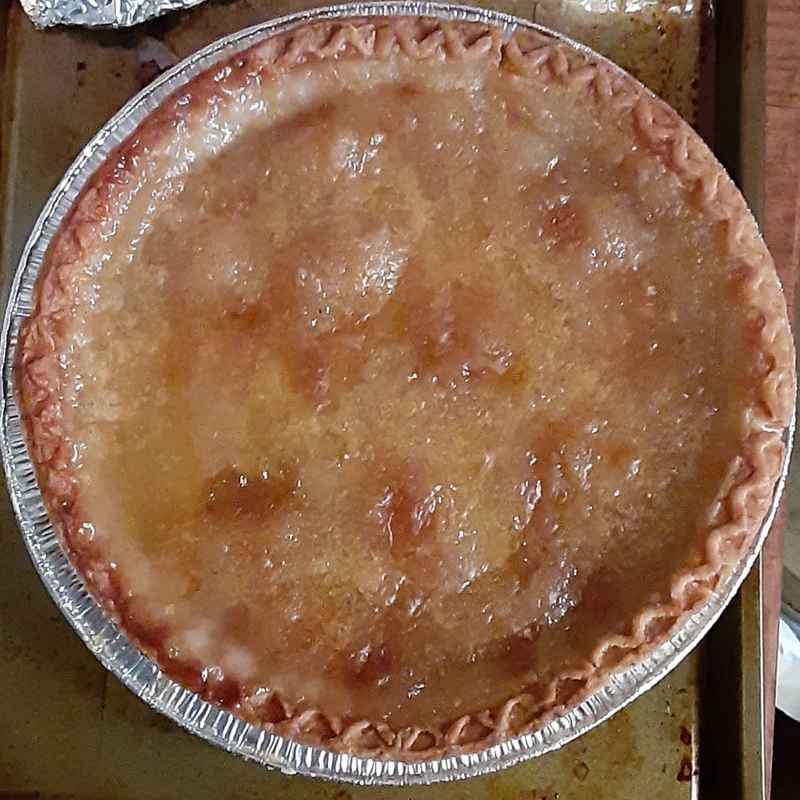
The custard filling was made from butter, sugar, flour, eggs, and of course, boiling water! So sweet and so simple.
Poorman’s Meal
A sack of potatoes could go for miles. As the number one vegetable of the era, they became the star player in many a meal. In fact, it even got its own name, the “Poor man’s Meal.” The meal is essentially fried up potatoes served with chopped sausages.
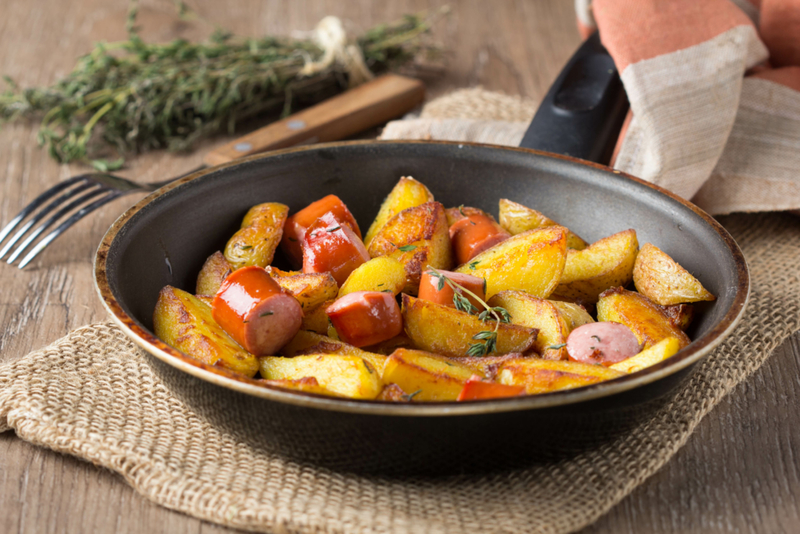
It’s not exactly gourmet but oiled-up spud and diced meat (albeit processed) certainly gets the job done.
Bologna Casserole
These days we might take meat for granted. It’s so readily available and even if a fancy roast is a special occasion, most people consume beef rather regularly. But during days when people had a hard time putting literal bread on the table, balogna became the protein of choice.
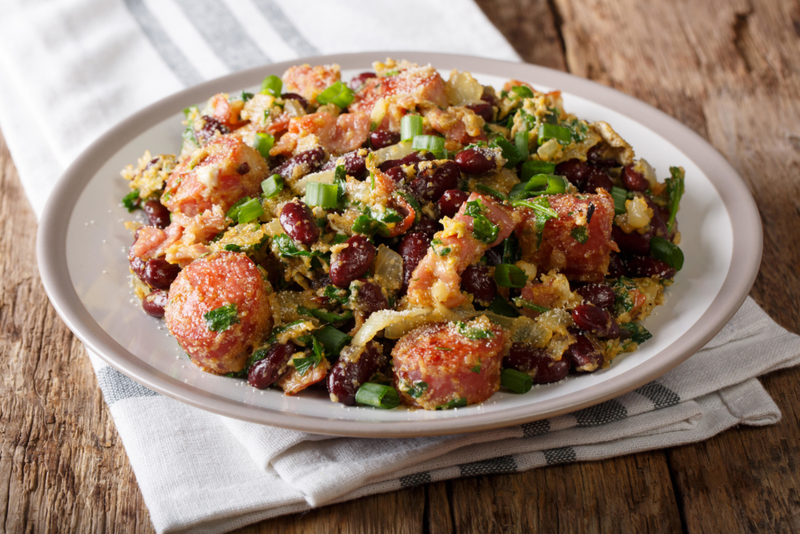
The balogna casserole was a hearty mix of some veggies, chili, beans, and of course, slices of that yummy balogna.
Creamed Chip Beef
When everyone is slogging it out in world wars, gourmet food falls to the bottom of the priority list. The dish is about as enticing as its name yet was a real hit during America’s dark days — which makes sense.
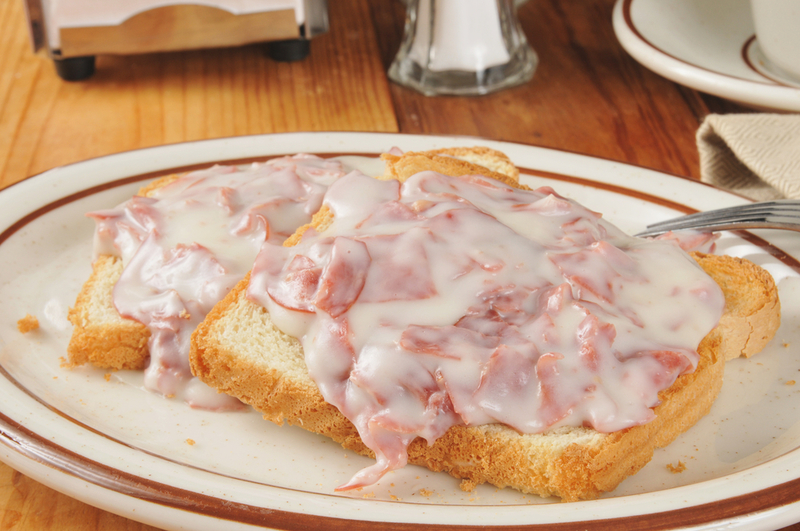
Creamed Chip Beef is made with dried beef that is then rehydrated in a creamy mix of butter, flour, and milk and is served on a piece of toast. While this dish looks as if it belongs in the past it can actually be “enjoyed” at a few breakfast spots in America today.
Surprise Spice Cake
No oil for the cake? Surprise! Rumour has it that this dessert is oddly delectable even to demanding palates. The surprise is that tomato soup is added to the cake mix instead of oil or butter.
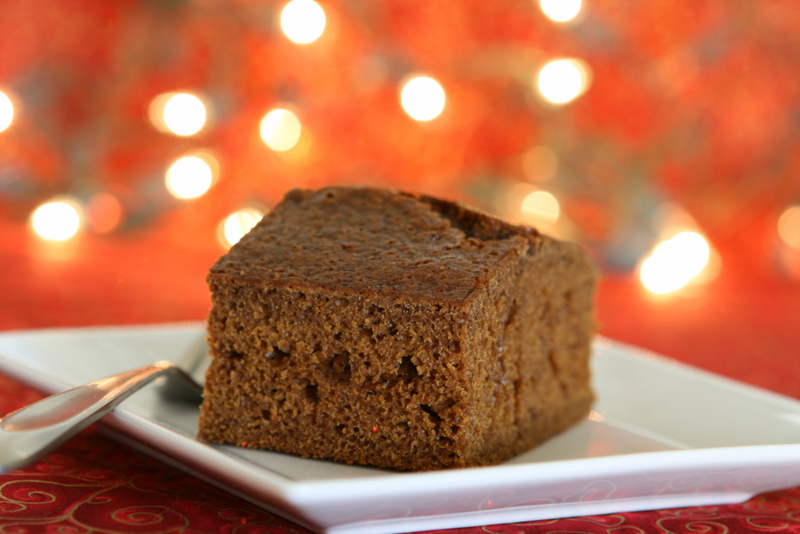
That’s right – tomato soup. Also a one-pot dish, the tomato soup would be added to a mixture of eggs, water, and flour. The cake itself would come out with a slightly reddish hue but be incredibly tasty.
Bread Pudding
A very standard combination of butter, milk, sugar, salt, cinnamon, nutmeg, vanilla, and eggs make the base and flavoring for this very non-standard dish. After whisking together all the ingredients, raisins and cubes of bread would be added to the mix.
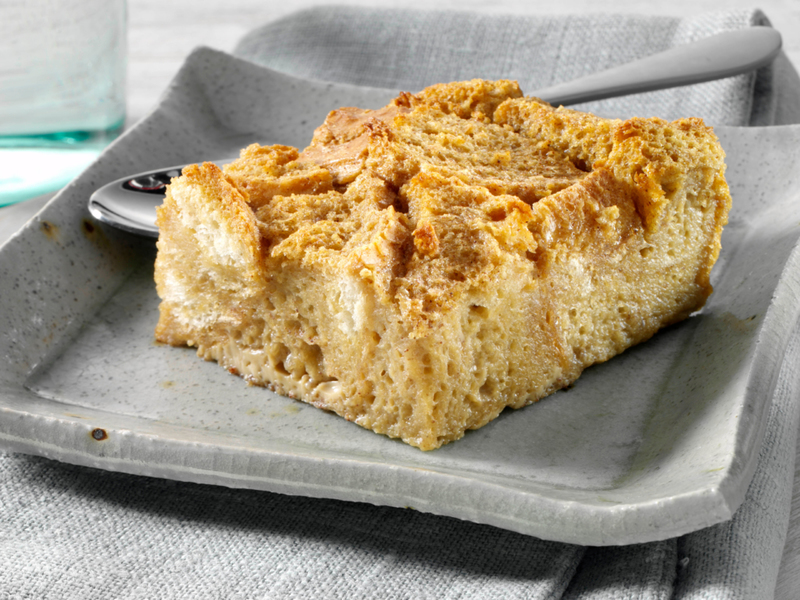
The bread would soak up all the flavoring. To prevent the bread from becoming too soggy and dissolving, the mixture would be quickly transferred to an oven where the pudding would bake, the bread would crisp and an oddly satisfying dessert would be had!
Rice Pudding
Though not particularly unfamiliar today and often eaten during high holidays, rice pudding was a perfect dessert for cash-strapped Americans during the Great Depression. A little more extravagant than some of the other desserts of the Depression, the rice was cooked with water and milk first to create a thick, delicious texture.
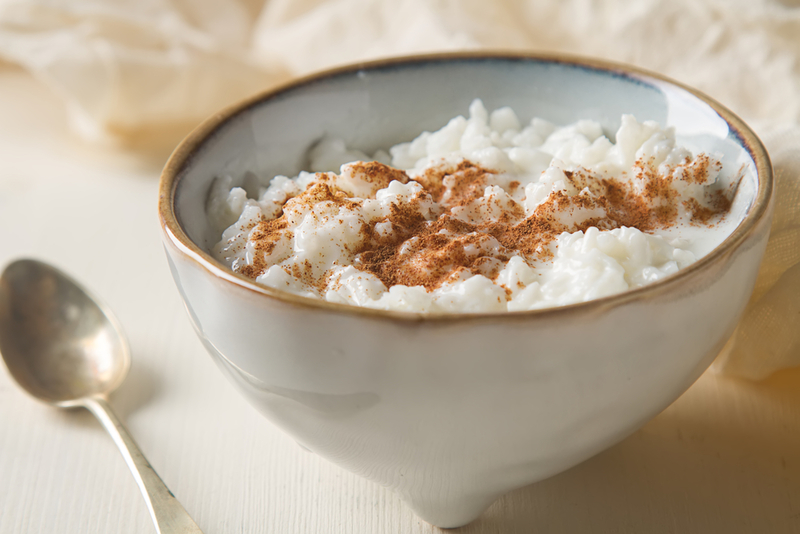
How about combining different drinks to appeal to the younger generation? A very bizarre campaign urged parents to add one part Seven-Up to one part milk. The campaign claims this would add a “light and delicate flavor” and this “wholesome combination” would appeal to children thereby encouraging them to drink more milk.
Corned Beef Luncheon
Salad Jell-O makes another confusing appearance. Beef and Jell-O for a salad? Yes, this dish borders on the inedible. The first step was to dissolve the Jell-O in a cup of beef bouillon.
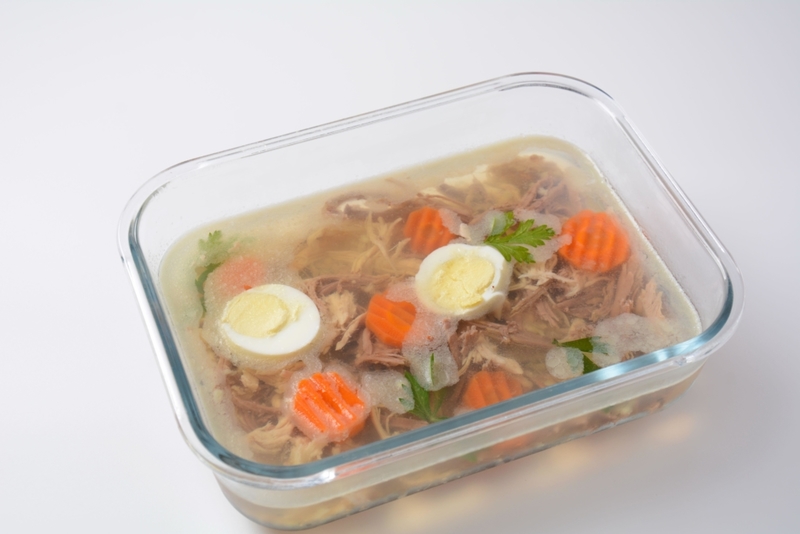
Once this had cooled and just before it set, an array of ingredients including corned beef, eggs, celery, and Miracle Whip would be added. The Jell-O would then be set and a gelatinous glob of the ingredients would be ready for eating.
Baked Apples
A true Depression Era delight. Cored apples served as a container for a super sweet, cinnamon mixture. The tastebud-curdling sweetness of the recipe required that four tablespoons be mixed with one tablespoon of cinnamon and gently poured into the cored-out apple.
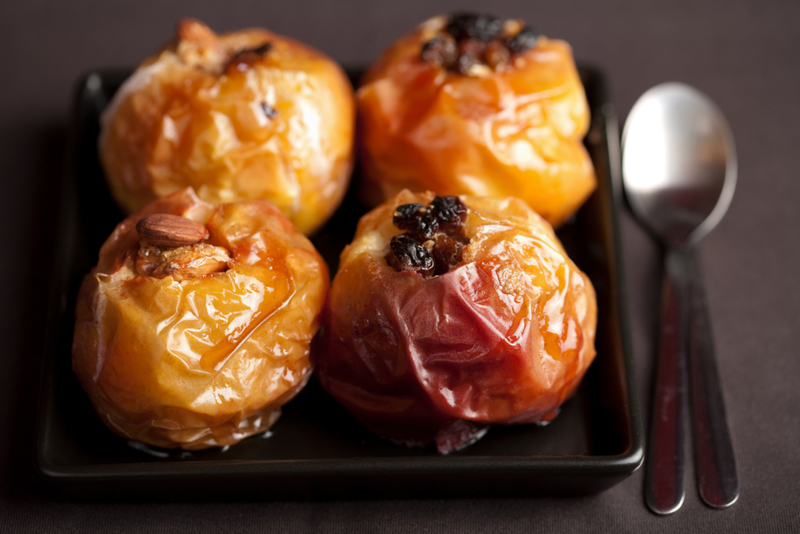
To prevent the sugar and cinnamon from escaping, a piece of butter would be placed at one end of the apple. After baking for half an hour to forty-five minutes, the super sweet apples can be enjoyed.
Italian Ice
Italian Ice had no dairy and no egg in the mixture. Though just a few ingredients comprising of sugar, water, and fruit juice or fruit flavoring, this dish would have to be stirred consistently over a period of five hours.
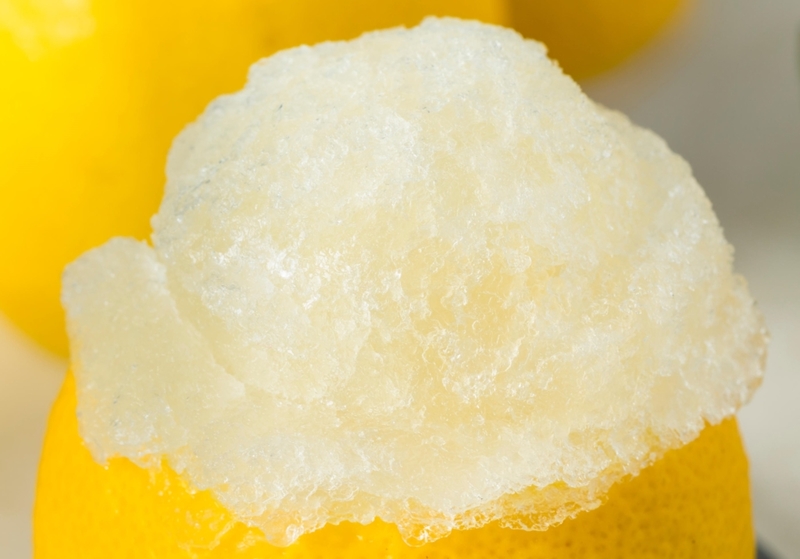
After boiling a cup or half a cup of sugar and water and juice on the stove, the mixture would be set in a freezer to set. At regular intervals, it would be taken out and stirred until it thickened and could be stirred.
Rabbit Stew
This dish marked a shift in the American attitude towards rabbits and sums up the saying ‘desperate times call for desperate measures’. Generally considered a pet and not fit for eating, the traditionally European meal of rabbit stew made an appearance during the Depression Era due to the availability of wild rabbits.
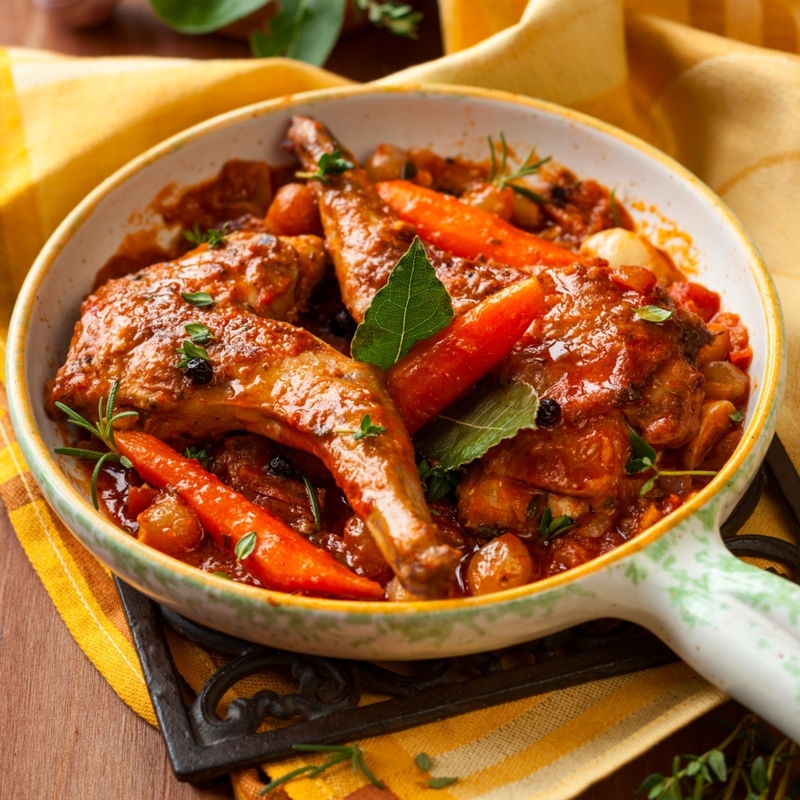
Known as a “peasant dish”, the stew would be made by adding rabbit meat to whatever vegetables were available to boil together.
Boiled Cake
Very similar to Wacky Cake, Boiled Cake required no eggs, no dairy, and no yeast. The difference with the Boiled Cake was the tantalizing addition of the very wintertime-inspired spices of nutmeg, allspice, cloves, and cinnamon, and raisins.
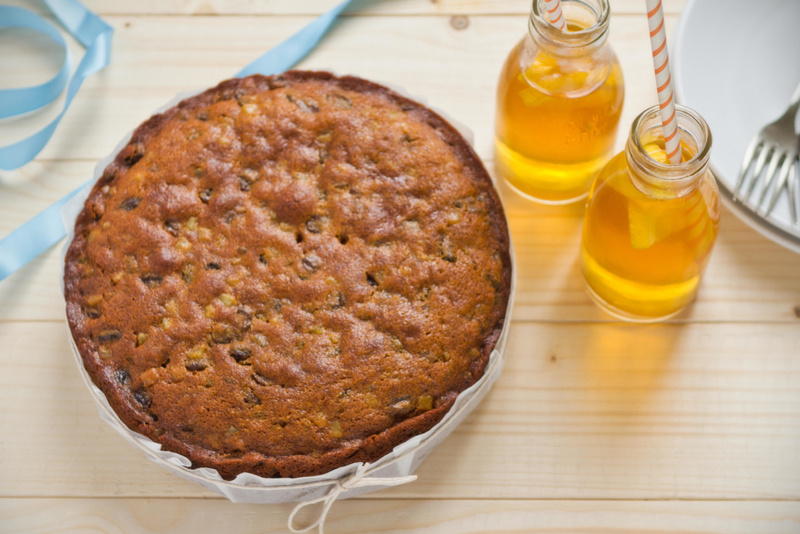
In fact, the raisins are responsible for the peculiar name of this cake as they would need to be boiled to create a syrup, in conjunction with the other spices, to be added to the flour and baking soda before baking.
Peanut Butter and Mayonnaise Sandwich
Step aside peanut butter and jelly. A rival recipe arrived during the Depression Era: the peanut butter and mayonnaise sandwich. At this point, it becomes evident that taste variety was as scarce as ingredients and people had begun experimenting rather wildly.
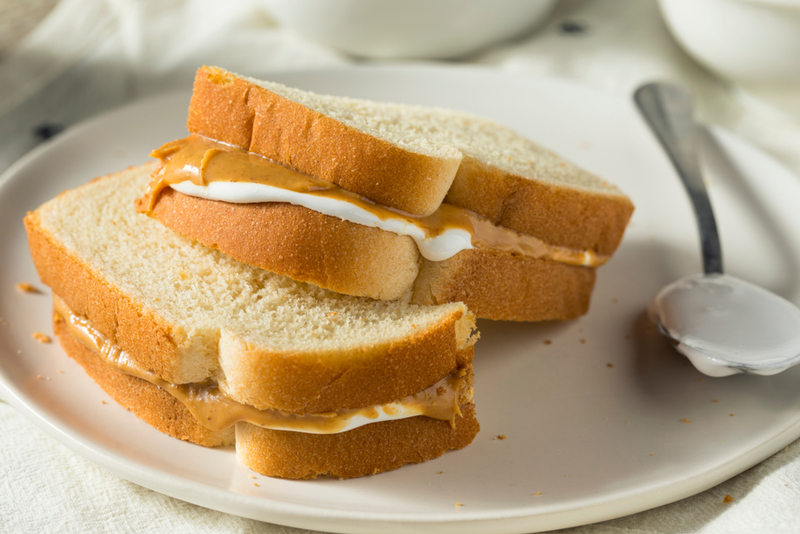
As straightforward as it comes, this recipe only had peanut butter and mayonnaise added to a sandwich with lettuce leaves. Somewhat of a cult classic, this throwback makes an appearance every so often in modern food literature and wins over adventurous tastebuds to this day.
Jell-O Ice Cream
A very pertinent question, to begin with, would be “Why is there Jell-O in ice cream?” Modern-day ice cream has many varieties of thickening agents that are used, guar gum is an example of one.
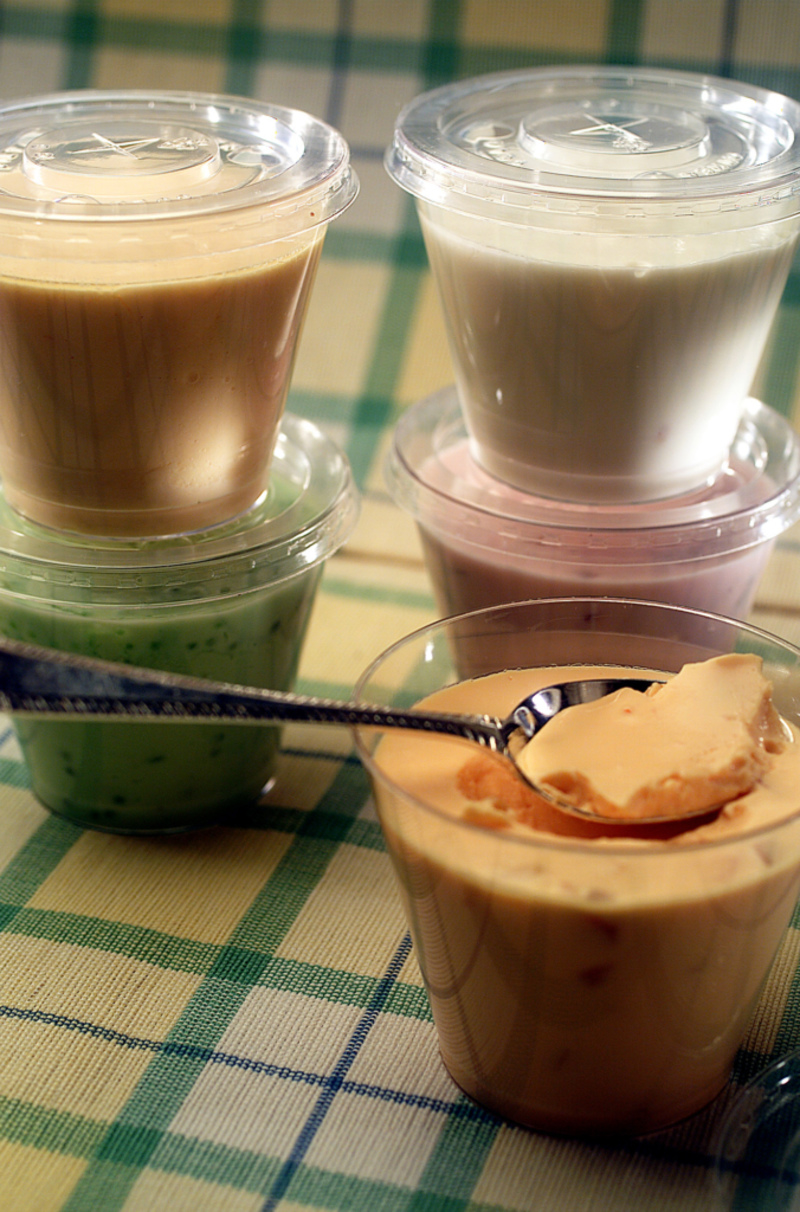
These thickening agents help prevent the formation of ice crystals. Now being the Depression Era, cream and the like was almost impossible to come by. The Jell-O would be the thickening agent that prevented ice crystals from forming. It would be a roundabout way to get flavor while inhibiting ice crystals.
Garbage Plate
Ironically, the name “Garbage Plate” was assigned to this meal a decade before the Great Depression. And unlike with Mulligan’s Secret Recipe, there was nothing in it that actually made it garbage!
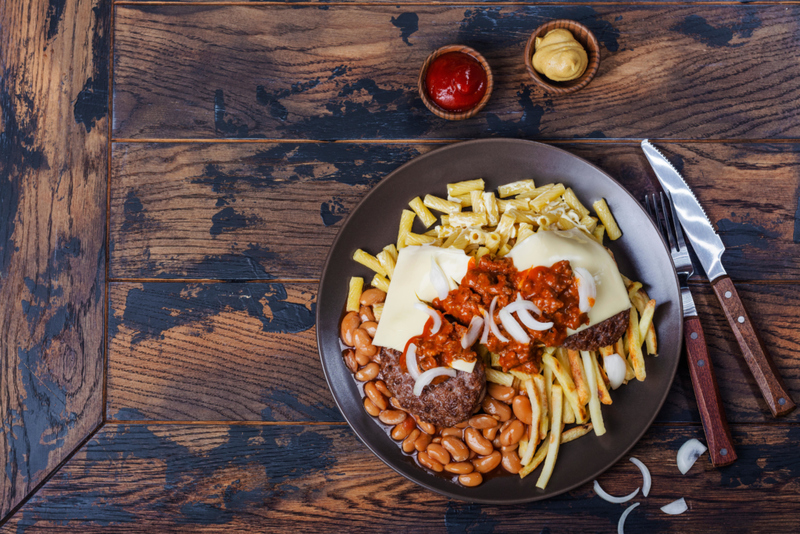
First popularized as a student meal in New York, the Garbage Plate would be a mixture of absolutely any leftover usually topped with mustard and tomato sauce. As with other all-in-one meals, the Garbage Plate was consumed regularly as not a single leftover would go to waste.
Water Pie
Water was often used as a filling ingredient due to the scarcity of eggs and dairy as we have seen. A truly straightforward recipe, it requires only hot water added to a combination of vanilla, sugar, flour, and pie crust.
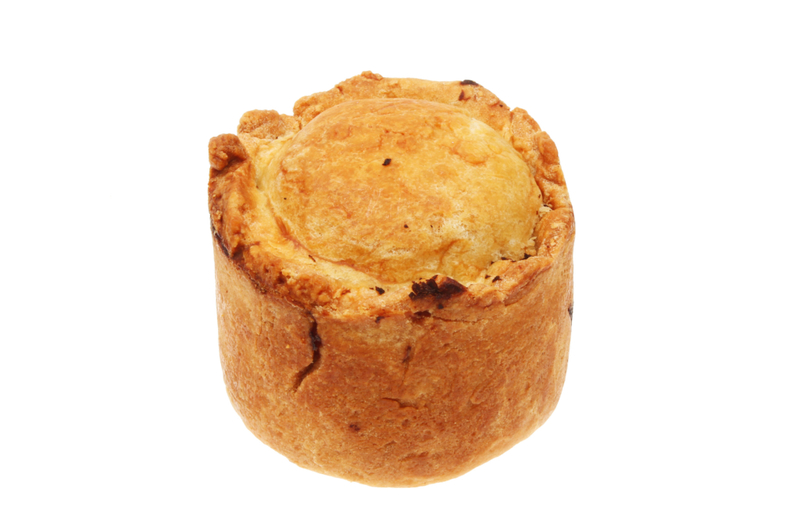
Fortunate butter finders could add a spoon of butter to give this rather bland dish a creaminess. Made before baking, the pie crust would be made and left to sit and chill. It would then be baked only once firm.
Peanut Butter Bread
How this is still not popular today is a wonder! Similar to Wacky Cake, this wonder bread (or should that be wonderful due to the peanut butter) called for no eggs nor dairy.
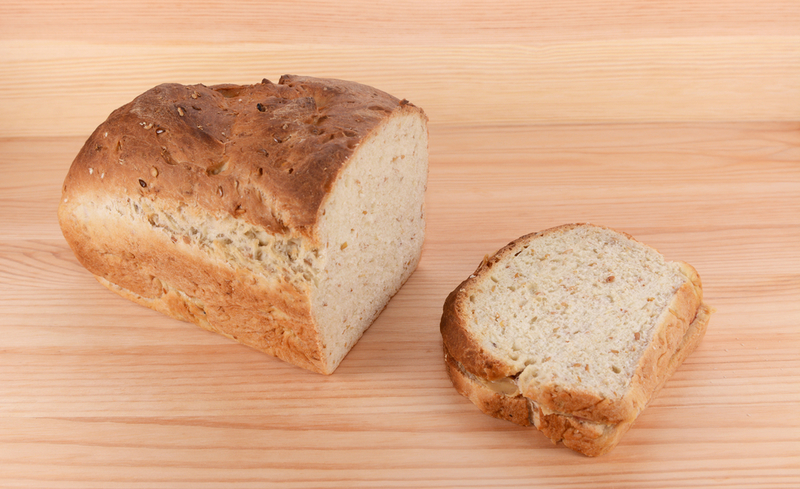
As there was a global shortage of yeast during 2020, this recipe was a welcome reminder that great desserts could be made without yeast or animal products. A full cup of peanut butter added to flour, baking powder water, and sugar yields a wonderfully succulent chunk of peanut butter bread.
Navy Bean Soup
Yes, there is actually a bean actually called the “navy bean” however this dish did not get its name from the bean itself but rather from the fact this recipe was originally served to Navy men in the early twentieth century.
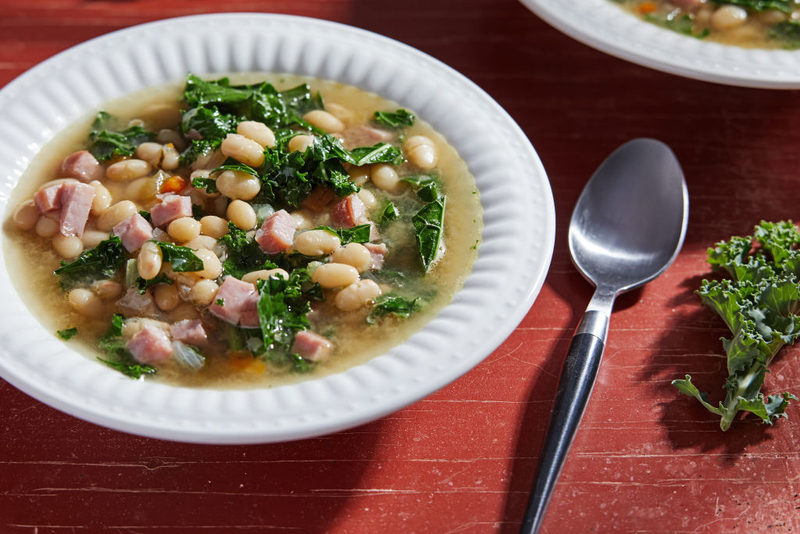
Though traditionally cooked with ham, this would often be skipped (due to lack of availability and affordability) and simply made with the remaining ingredients: navy beans, Worcestershire sauce, onions, and tomatoes.
Old Fashioned Macaroni
Kraft Macaroni certainly came to the aid of many recipes. Old Fashioned Macaroni combined Kraft Macaroni with eggs, mustard, vinegar, pickles, and celery to create what is still considered a summertime staple in many parts of the United States.
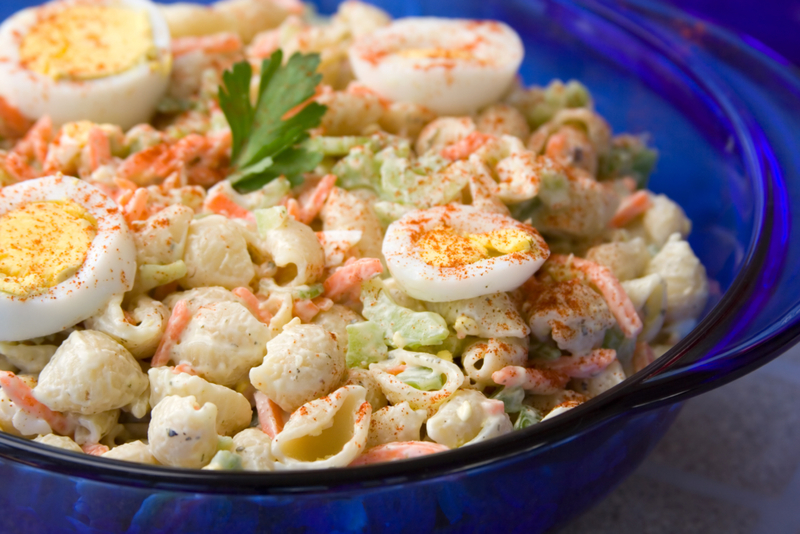
Often served as a cold dish, the ingredients would be whisked together and added to the pre-cooked macaroni. The dish could be served warm too by simply reheating the already cooked macaroni with the ingredients added.
Red Hot Applesauce
An unmistakable sweet staple of the era, applesauce was always in high demand. It gained even more popularity as it could be added to the very recent and affordable invention of gelatin. A very unusual twist on this applesauce was the addition of Red Hot Candy – hence the title of the recipe!
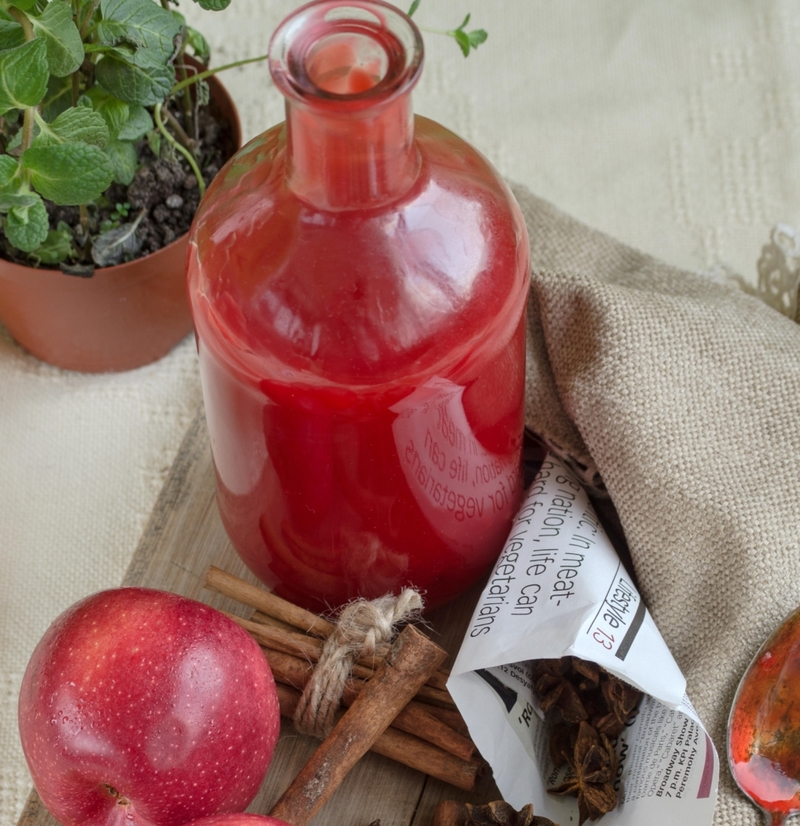
Red Hot Candy has a touch of capsicum and would make the applesauce slightly peppery and tangy. Granny Smith apples were often used to add a sour edge to the sweet and tangy flavor profile.
One-Pot Pork Chop
The Depression-era was not a great time for being Kosher! This one-pot dish only required a pound or so of pork chops.
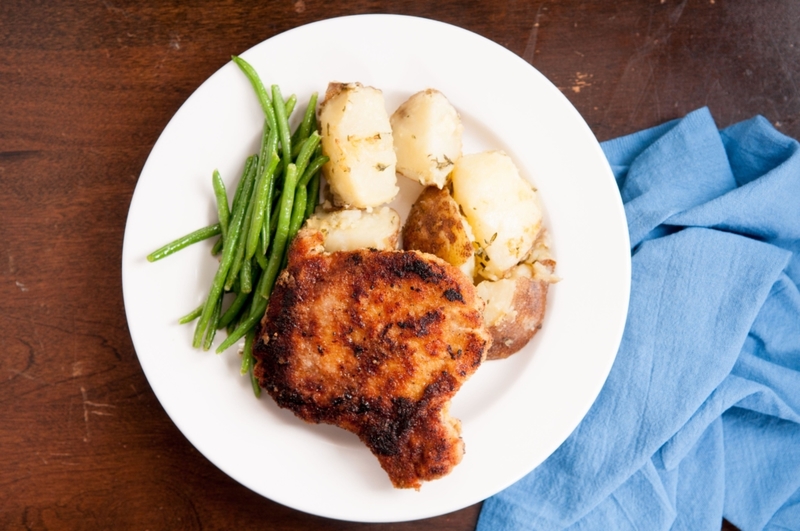
After the pork chops had fried in the pot, tomato soup would be added to the pot along with a healthy dollop of Worcestershire sauce. Cooked until the pork chops were fully tender, this dish could be served with a complement of carrots and potatoes if available.
Amish Church Soup
The Amish made a name for themselves during the Great Depression as their very basic way of living made eating far more affordable.
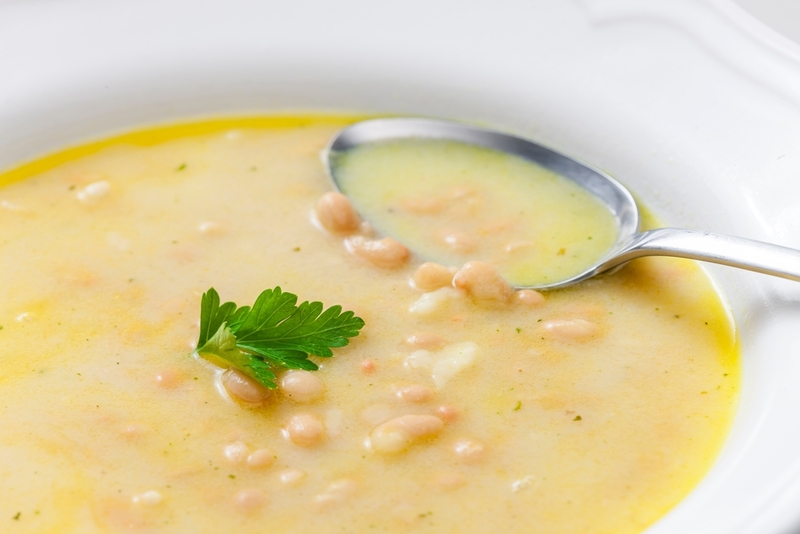
A quick and easy soup requiring only five ingredients, these soups could be made in batches and fed many people at a time. Onion, butter, beans, milk, and bread were all that were needed. The bread would be added last to provide texture and soak up the nutrients.
Dump and Go Amish Casserole
Continuing with the casserole theme, here was one that was seemingly inspired by the Amish. A meat-centric meal, this casserole required cheap hamburger meat as its main attraction with tomato juice as a curious ingredient.
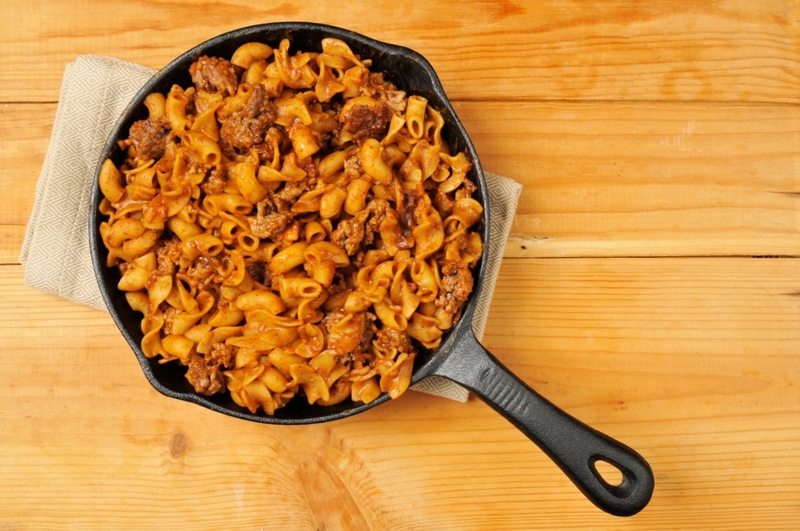
The hamburger meat would be cooked in tomato juice with some very basic flavoring such as onion and salt and pepper. Once the meat started to brown, spaghetti would be added everything would cook together for another ten or fifteen minutes.
Bologna Casserole
Quality and varied meat, as we now know, was very hard to come by during the Great Depression. Protein had to be sourced from offcuts, lard, and fat in general. A very budget dish, Bologna Casserole met a lot of the protein requirements for those lucky enough to afford this slightly more expensive option.
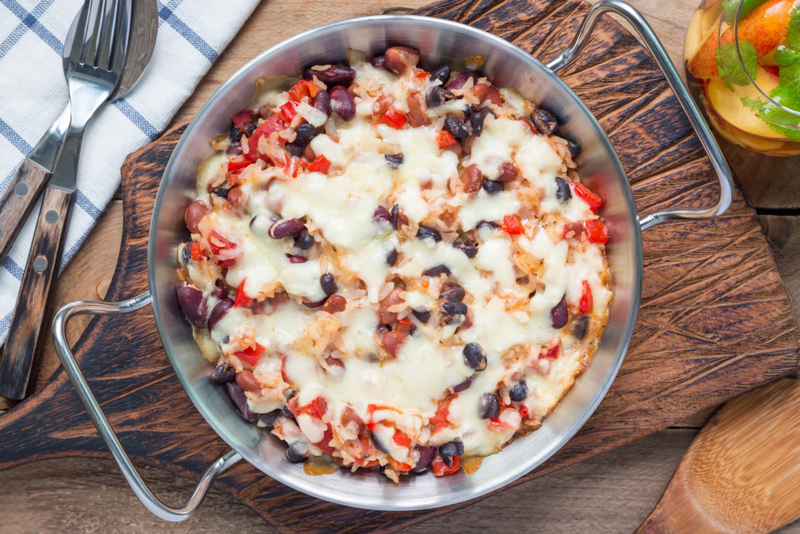
Bologna would be added to a dish of cheese beans and cooked on high until everything in the pan was gently sizzling. The carbohydrates and protein helped meet many daily nutritional requirements.
Wacky Cake
Desserts were the epitome of ingenuity during the Great Depression. Wacky Cake is a particularly famous instance of Great Depression innovation. Wacky Cake required no eggs or milk. A one-pan dish, all the dry ingredients would be mixed together and small craters within this mixture would have oil, vinegar, and vanilla essence poured into each.
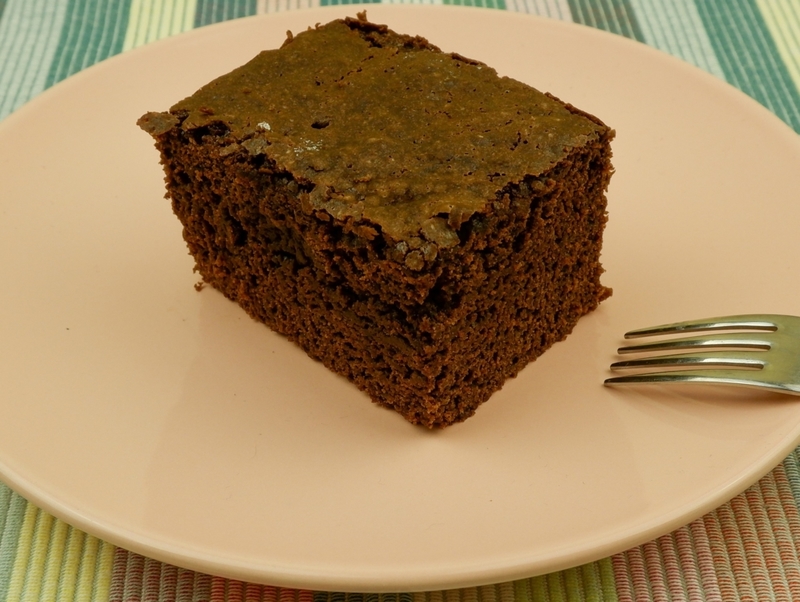
Cold water is then added and everything is mixed together. The mix is then baked on high for half an hour and a dense cake is produced. A sprinkle of powdered sugar topped it off.
Banana Cake
A classic in the vintage collection of recipes, this dessert combined mashed bananas and egg as the base and binding. The icing was a rarity and a luxury so this cake while bland on appearance had the sweetness and flavor of the mashed bananas.
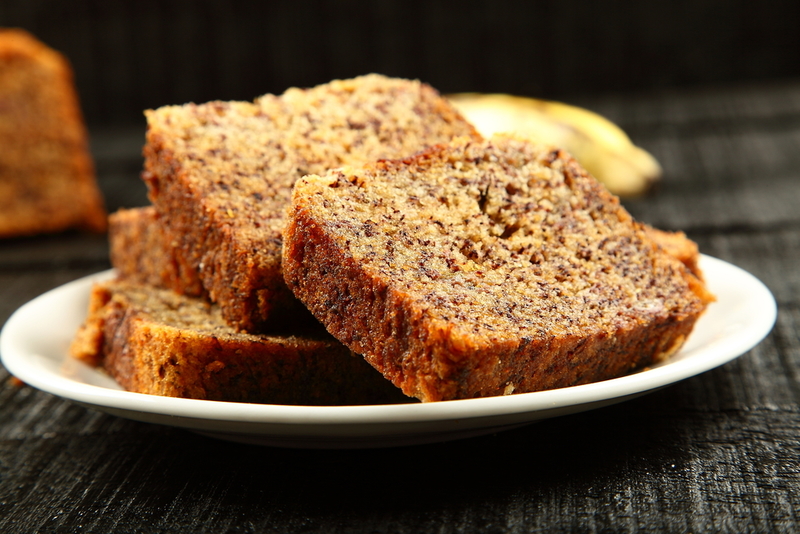
Some sugar, buttermilk, soda, and flour are all that are needed to create this rather scrumptious dessert. Modern-day bakers have noted that although the ingredients are as sparing and simple as they come, this cake comes out incredibly fluffy and moist.
Dude Ranch Beans
Although associated with the likes of surfers, the word “dude” originated back in the 1800s and was used by cowboys and ranchers to refer to city folk. Dude Ranches were places where the urban elite could go and be a cowboy for a holiday, feasting on the likes of real frontier camp food like simply cooked beans.
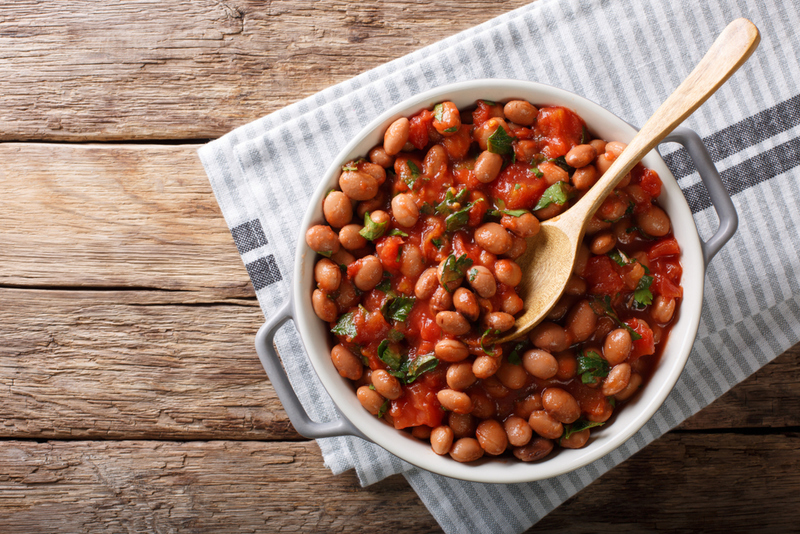
A Depression-era adjustment on this was making a skewer with onions and tomatoes and pieces of cheap pork in-between. This would then cook in a pot of baked beans thus “Dude Ranch Beans”!
Country Potato Soup
Necessity is the mother of all inventions. As is demonstrated by a clever trick for this soup. To give this soup body, people would lightly mash potato so that the mash itself would add a thickness to the soup.
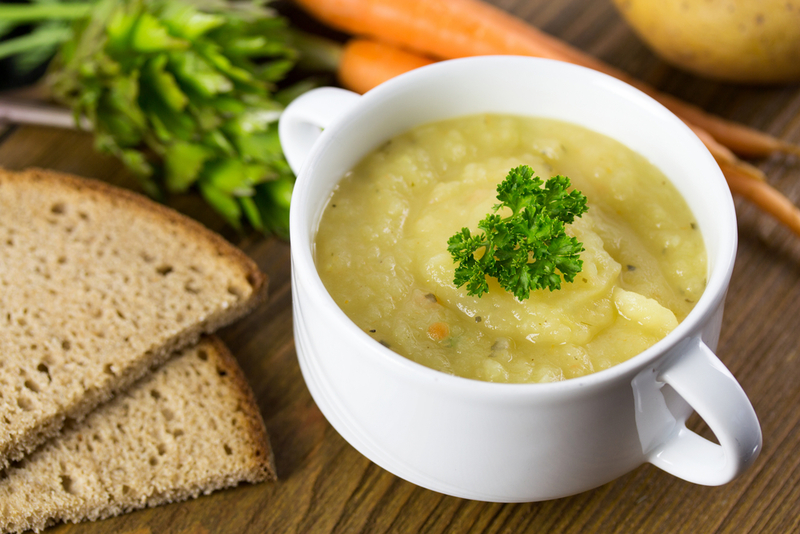
The potato that wasn’t mashed would then add full-flavored chunks. A very sparse meal in and of itself, this soup would usually only contain potato and onion with light flavorings such as salt and pepper.
Poor Man Spam
No “mincing” of words here in the title of this Depression dish. Poor Man Spam is a recipe that has also, like hotdogs, stood the test of culinary time. Five simple ingredients made for a gourmet meal.
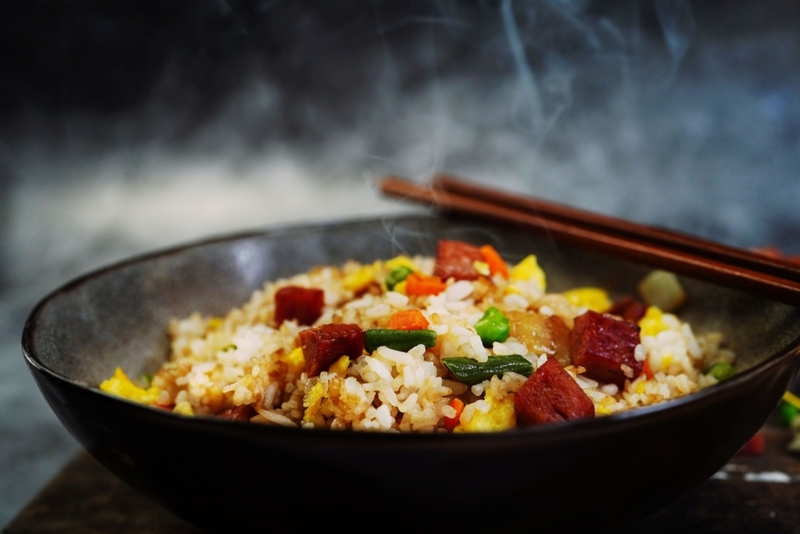
Whatever beans were on hand (oftentimes green beans), rice, onion tomato, and of course – Spam. Quick frying of the tomatoes, onions, and beans and then tossed into a bed of rice and Spam made this dish a real treat in lean times.
Potato Pancakes
A recipe specially made for the leftovers. A hash brown of sorts (minus the vegetables such as peas and carrots that usually go into a hash brown), potato pancakes were much smaller in diameter than the traditional pancake but were far, far thicker.
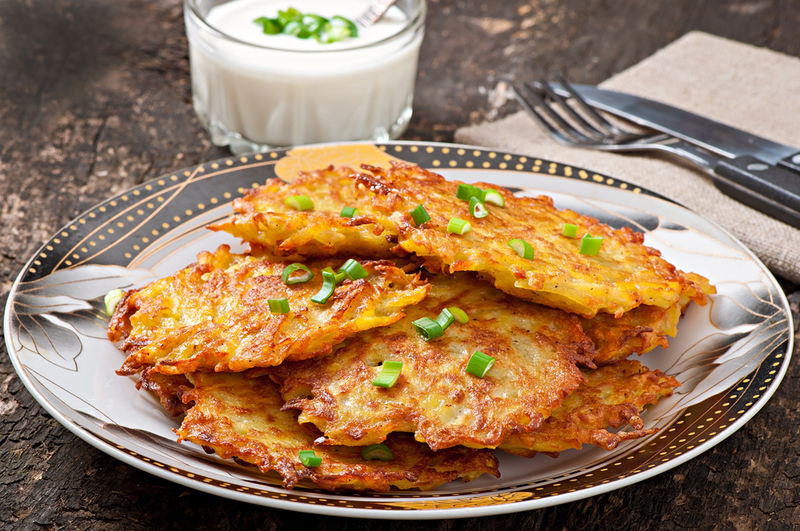
Leftover potatoes would be mashed, flattened into a circular shape, and lightly fried on either side – just like a traditional pancake. Sometimes a bit of milk would be used to give it that little bit of authentic confectionary feel.
Tin Foil Beef
This wholesome recipe epitomizes the “meat and potatoes” mantra. As with the vast majority of depression-era dishes, all the ingredients would be combined and cooked.
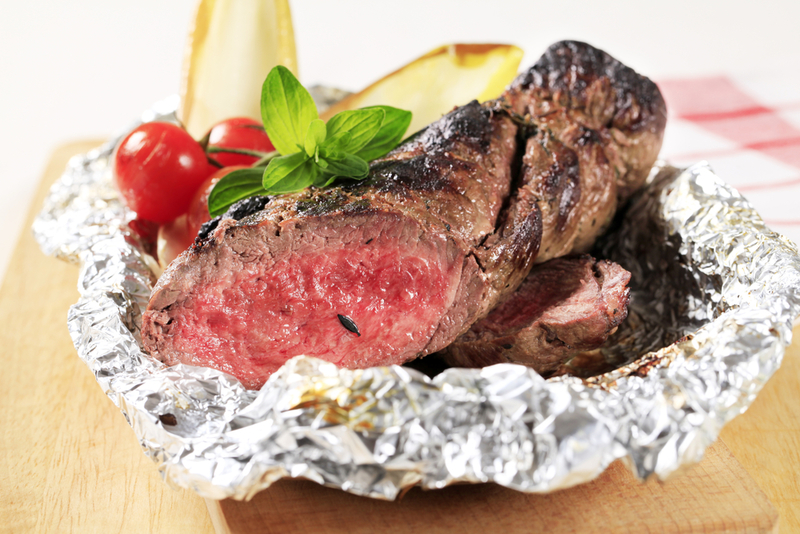
In this case, a chunk of beef would be wrapped up in a sheet of tin foil with potatoes and seasoned with Worcestershire sauce, salt, pepper, and some onion and cooked in an oven. Fun fact: this foil was literally tin. Today, we use aluminum foil even though we still call it tin!
Tuna Noodles
This is a rare dish for the Great Depression as fish was an expensive commodity to catch and process. For the fortunate few that could get their hands on tuna, this made a nutrient-packed and fortunately very tasty little dish.
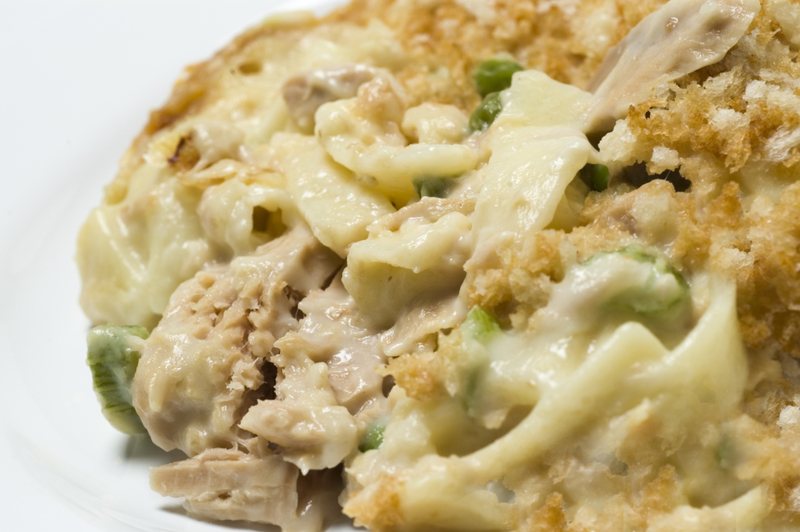
Noodles (most like Kraft) would be boiled and then minced tuna and cheese would be added to the bed of noodles. The entire concoction was then placed into an oven whereby the tuna and cheese would crisp ever so gently.
Skillet Biscuit
A light and fluffy carb come to the rescue yet again in lean times. Usually baked last to complement a dish, skillet biscuits were, as the recipe name suggests, baked in a skillet and served piping hot.
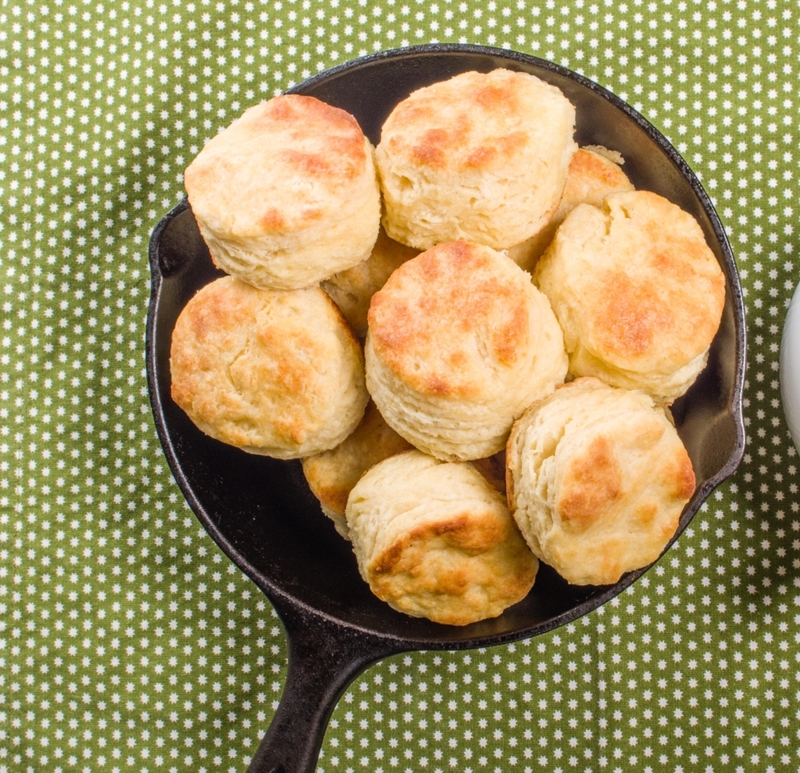
Traditionally calling for buttermilk, desperate times called for desperate measures and people would often make a buttermilk substitute using a bit of milk, water, and vinegar to achieve consistency and a slight nuttiness.
Fried Cabbage
Some recipe aficionados call this “Southern Fried Cabbage” and its origins might have been the deep south of America but it was a very popular depression-era dish throughout the United States.
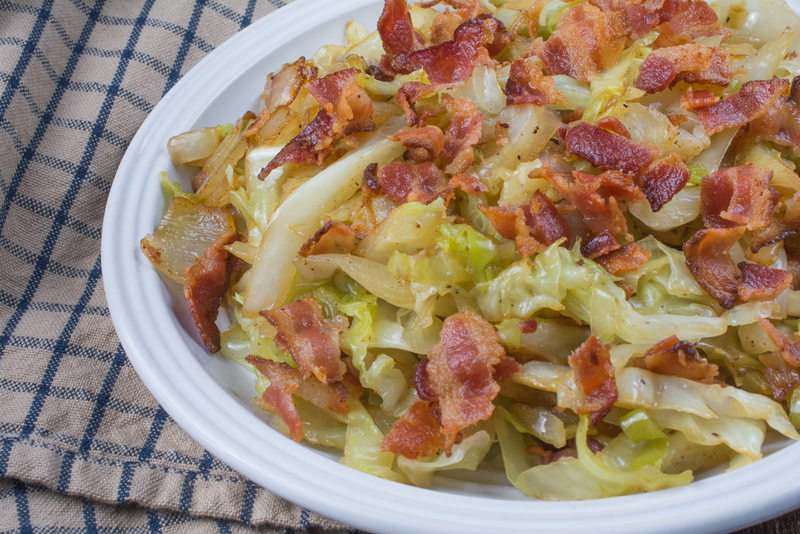
The interesting thing is that the title may be about the cabbage but it was fried with strips of pork. Often bacon, the dish would begin by frying up some pig and adding the cabbage afterward with some sugar, salt, and pepper. For the more fortunate, a cube or two of bouillon would also be added.
Banana Cereal
On the mostly rare occasions that fresh fruit was available, people had to capitalize on turning the fruit into meals themselves. Snacking was, of course, a luxury that most could not afford to do.
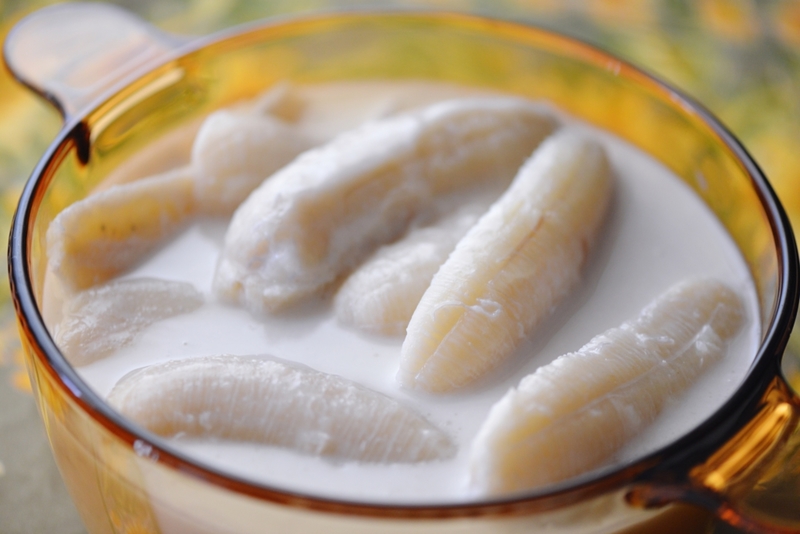
With this in mind, “banana cereal” makes perfect sense. Slice up bananas, add to a bowl of warm milk, lightly sprinkle a pinch of sugar over it, close your eyes, and imagine a scrumptious, filling bowl of cereal is before you rather than a few pieces of banana floating in some milk.
Feather Dinner Rolls
Potatoes to the rescue yet again. Potatoes, a key ingredient in Feather Dinner Rolls, gave the bread a fluffy, airy texture – similar to bread made with flour.
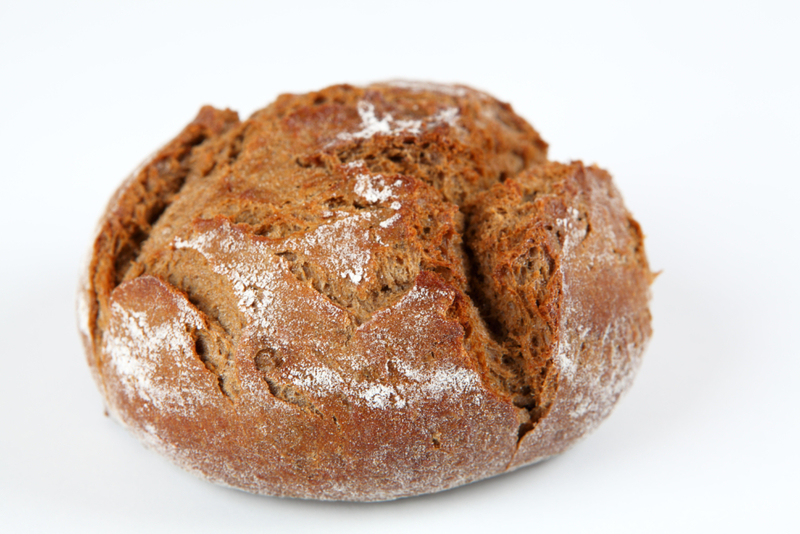
As flour would be hard to come by on the best of days, the ingenious addition of potatoes would provide body to the bread.
Vinegar Pie
Vinegar was a highly prized additive for flavoring purposes. Its tartness, similar to lemon juice, would draw out a slight tartness in desserts.
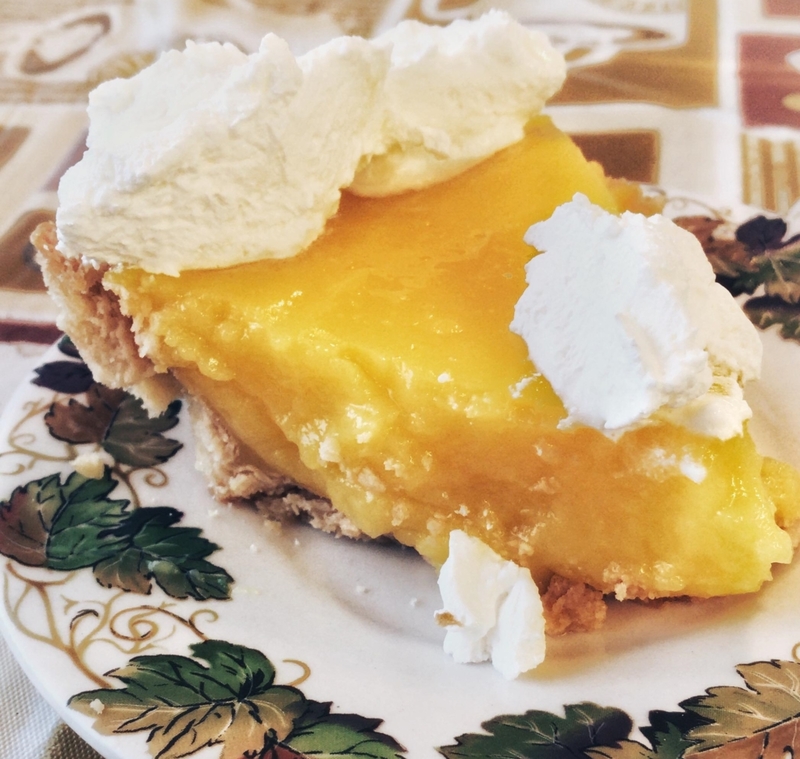
Again, without the addition of apples, vinegar was added to traditional mixtures of milk, sugar, and egg. With just the perfect amount of vinegar and baked just right, it was said to have the same taste like an apple pie. It’s little wonder then that this simple yet effective dish was revived in 2015 in some American restaurants.
Ritz Apple Pie
Although popularized during the Great Depression as an affordable and easily attainable snack, Ritz Apple Pie dates back to the late 19th century due to an apple shortage in the United States.
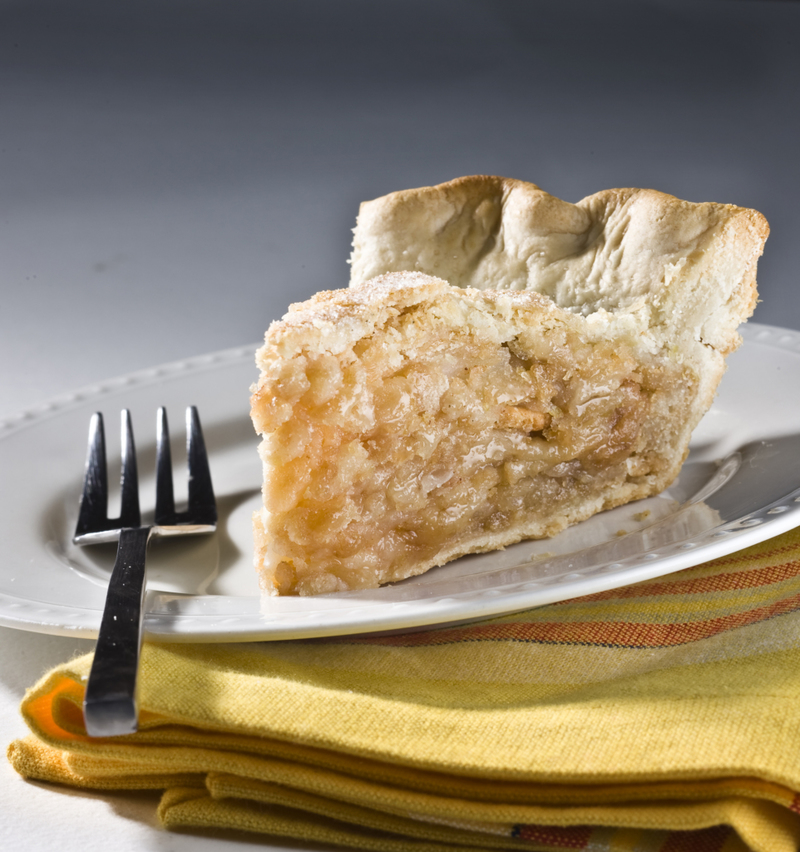
To make it, people would break up Ritz crackers and add lemon juice to imitate the tartness and crumbly texture of apples in the pie. The recipe proved to have such longevity that it was only removed from the back of Ritz boxes in the 1980s.
Presidential Prune Pudding
Eleanor Roosevelt’s empathy with the people of America was brought to the fore again when it was publicized that anything she suggested the public eat would be consumed in the White House too by staff and dignitaries alike.
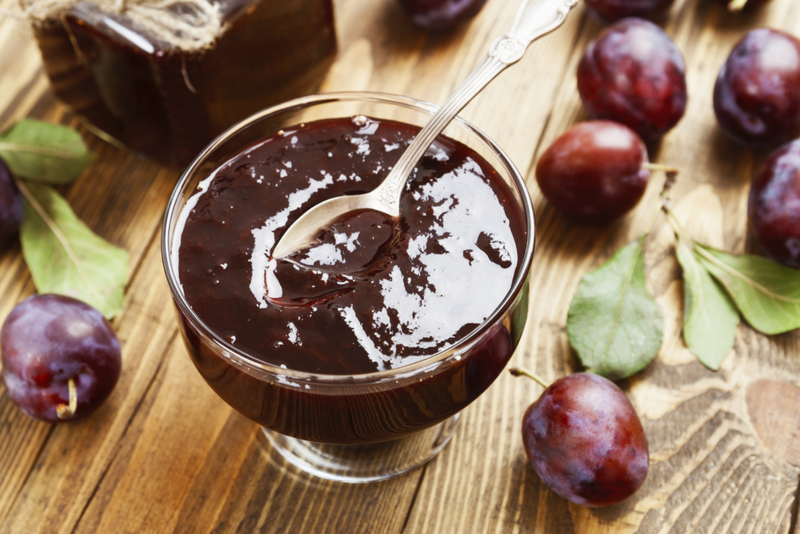
A well-publicized dish known to be served to guests at the White House too was Prune Pudding. The straightforward recipe called for prunes to be boiled, then sliced and diced, and boiled again. The final steps came in adding sugar and cinnamon for some sweetness and some cornstarch to thicken it.
Egg Drop Soup
Usually associated with a delectable Chinese dish, egg soup found a new approach during the Great Depression. The first step to the recipe was to fry potatoes lightly to add some crunchy texture – possibly mimicking croutons or bacon bits.
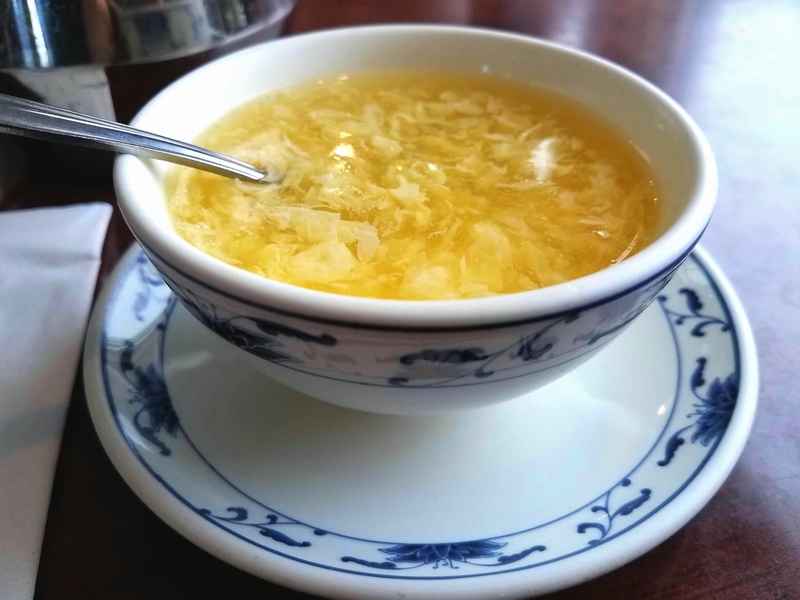
These fried potatoes were then added to boiling water wherein eggs would be whisked in. Becoming slightly gelatinous due to the egg mixture, this meal would be served poured over toast.
The Advent of Kraft Macaroni
Kraft Macaroni is a staple in many households today. What makes it part of this list in unusual terms is that it was conceived of at a time when most people could not afford basic ingredients, let alone a packaged meal of cheese and pasta.
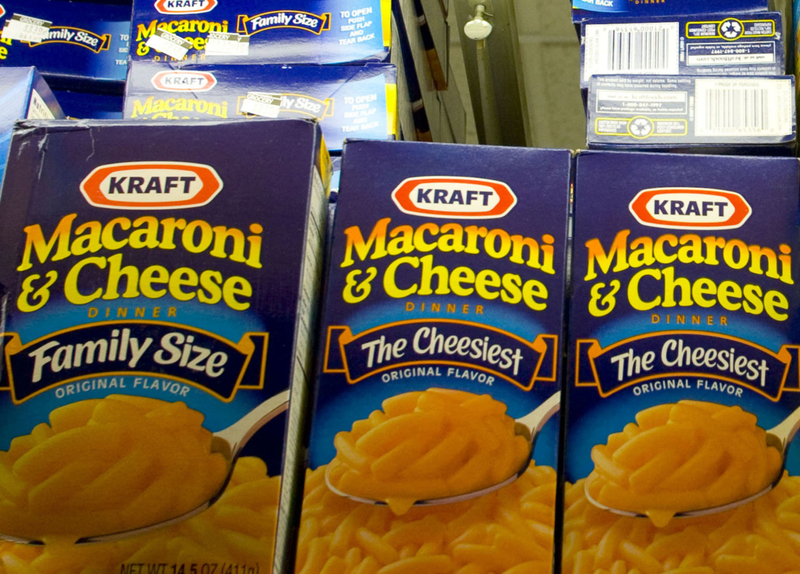
An employee from a competing company, Tenderoni Macaroni, was selling macaroni with packets of Kraft cheese as an additive. Capitalizing on this ingenious idea, Kraft created a branding campaign and had it marketed for 19 cents.
Depression Cake
Belying its name, Depression Cake certainly lifted the spirits of many people going through the Great Depression. The resourcefulness of the depression cake was that it required no eggs, butter, or milk.
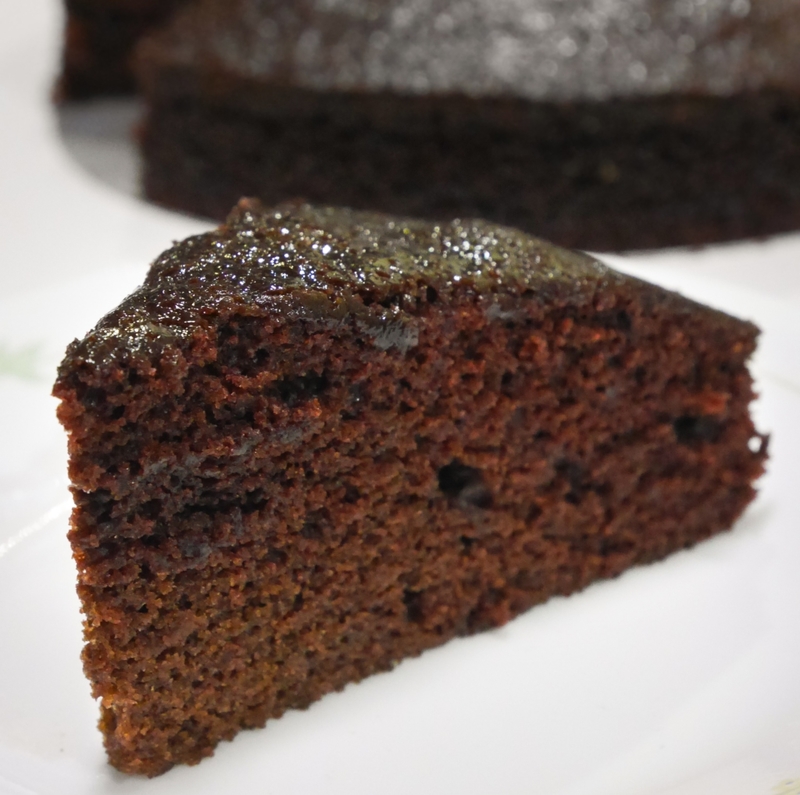
An early vegan forerunner, perhaps? By whipping up some flour, a bit of chocolate, sugar, vinegar, and vegetable oil together and some time in an oven, a hearty and fluffy cake could be had. This cake made it out of the Great Depression as one of the far more desirable dishes and is still made today.
Milkorno
The depression-era meal that takes the marketing title crown is certainly Milkorno. Food scientists were working hard to identify meals that could match the needs of as many consumers as possible.
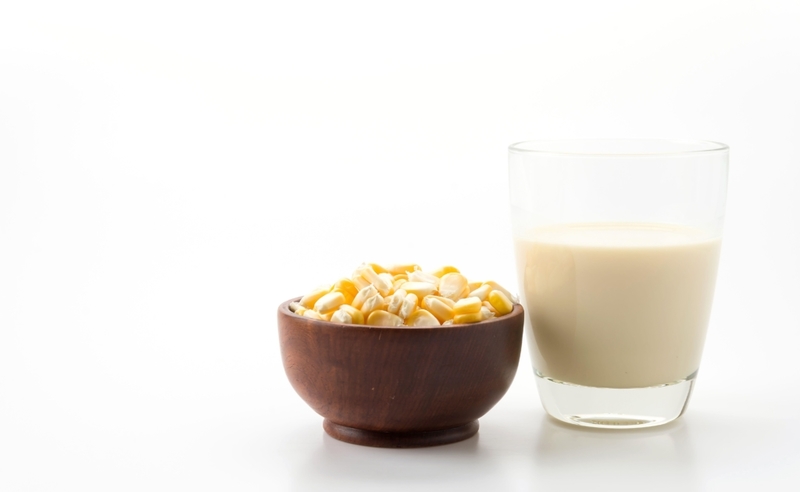
Flora Rose, a home economics scientist working at Cornell University, came up with the idea of Milkorno – a combination of milk and corn. The selling point besides the nutritional benefits of the meal was that a family with five members could survive on less than five dollars a week by incorporating Milkorno into their diet.
Corned Beef Fritters
Stretching out leftovers was an everyday necessity during the Great Depression. To become very inventive and economical with ingredients, people would use leftovers from the previous day to create a new dish altogether rather than just eat the same food (or dish rather) over and over.
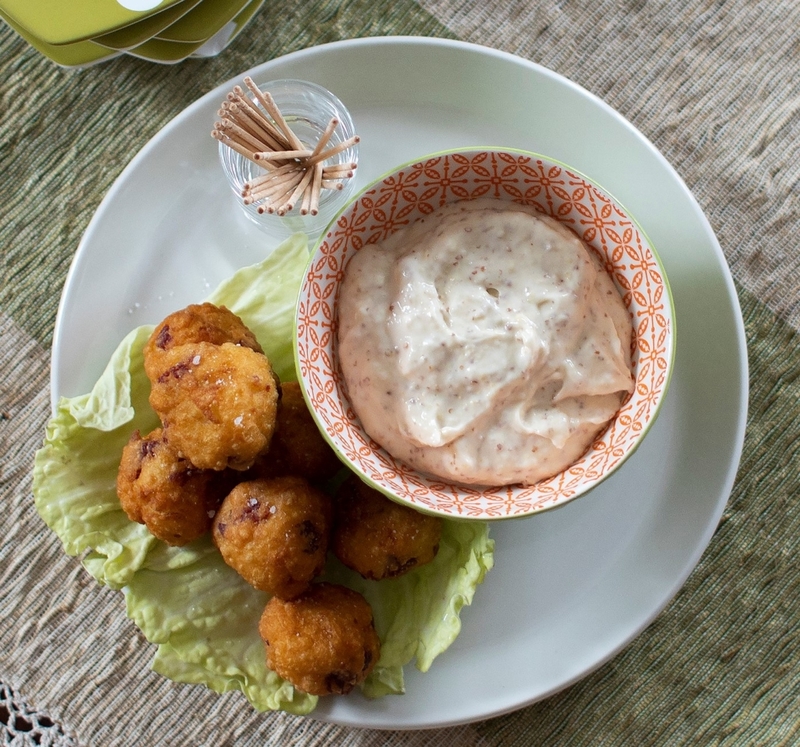
A corned beef fritter fitted this need perfectly. By taking leftover mince and mushing it up with some light flour and corn, a tasty fritter could easily be had.
Condiment Sandwiches
The blandness of poor-quality bread cannot be emphasized enough. While very hard to digest in large amounts, the palatability itself would eventually become near impossible to keep chewing through.
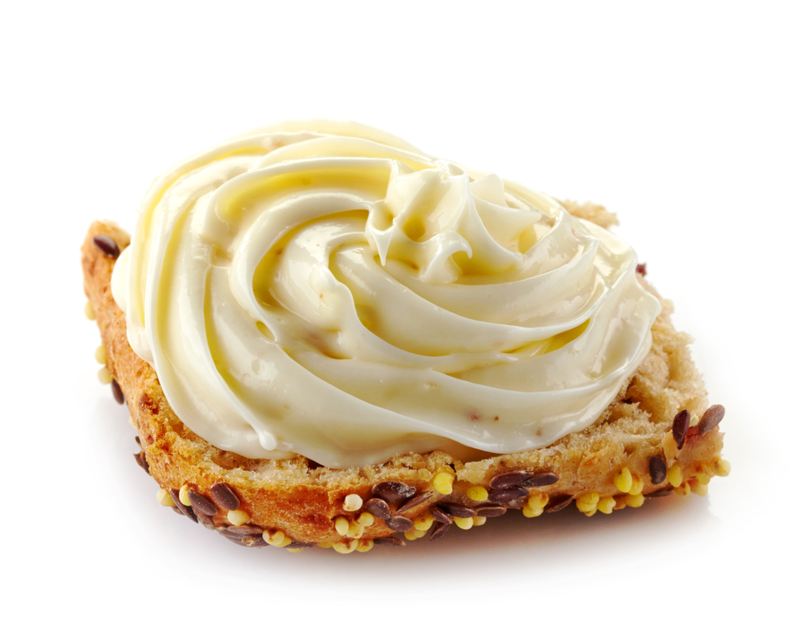
To get a semblance of a meal and trick their brains into powering through the chew, people would add whatever condiments were on hand. Think of adding nothing but ketchup to two slices of bread. Or a slathering of mustard or mayonnaise. As condiments were a luxury, it wasn’t encouraged to combine them to have more variety for later.
Frozen Fruit Loaf
If any dish was a mascot of the Great Depression it certainly was the “loaf”. As seen with the meatless meatloaf, it was far easier to bypass taste by adding as much together as possible and taking it down in one gulp.
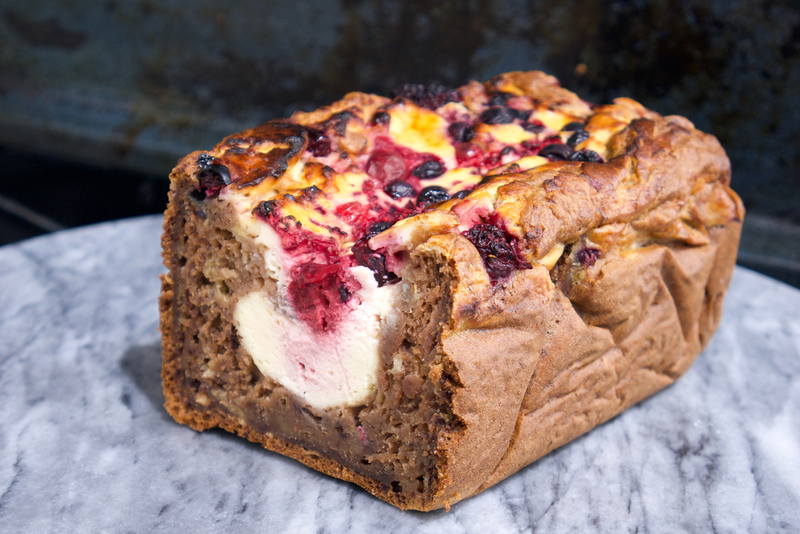
The frozen fruit loaf added a twist to the usual baked loaf by mixing fruit pieces, cream, eggs, raisins, bits of chocolate, or anything at hand and then freezing it. While the ingredients are very unusual for a fruit salad, this was considered an absolute treat.
Dandelion’s Soup
Of all the meals to come from the Great Depression, this might be one of the more well-known ones. Dandelions are a very unassuming source of nutrients but eaten in enough amounts they can provide a human body with a variety of vitamins, minerals, and nutrients.
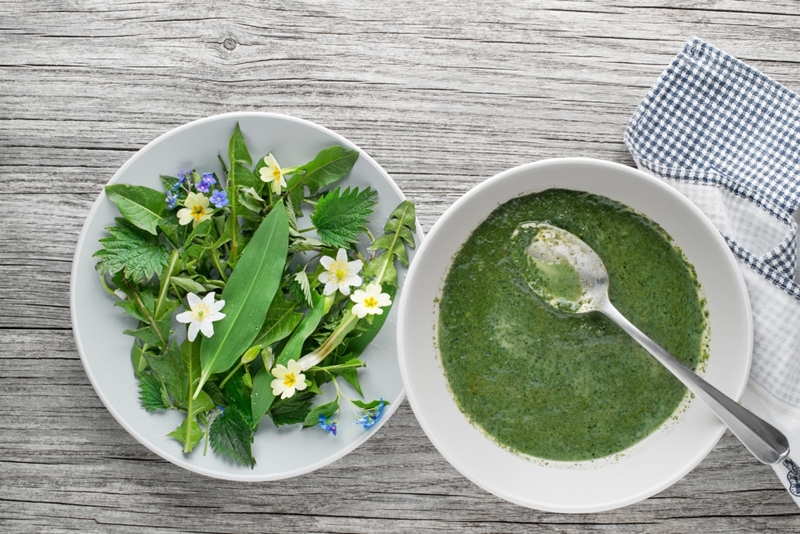
By simply adding a few dandelions to a simple broth, people were able to get iron, magnesium, calcium, and vitamins such as B and C into their diets from these tiny little powerhouse plants.
Mulligan’s Secret Spice
This dish may not have been as widely consumed during the Great Depression – for reasons soon to become evident. Almost bordering on folklore, this dish is attributed to railway tramps who added a new spin to the already famous Mulligan’s Stew – a healthy sprinkling of tobacco.
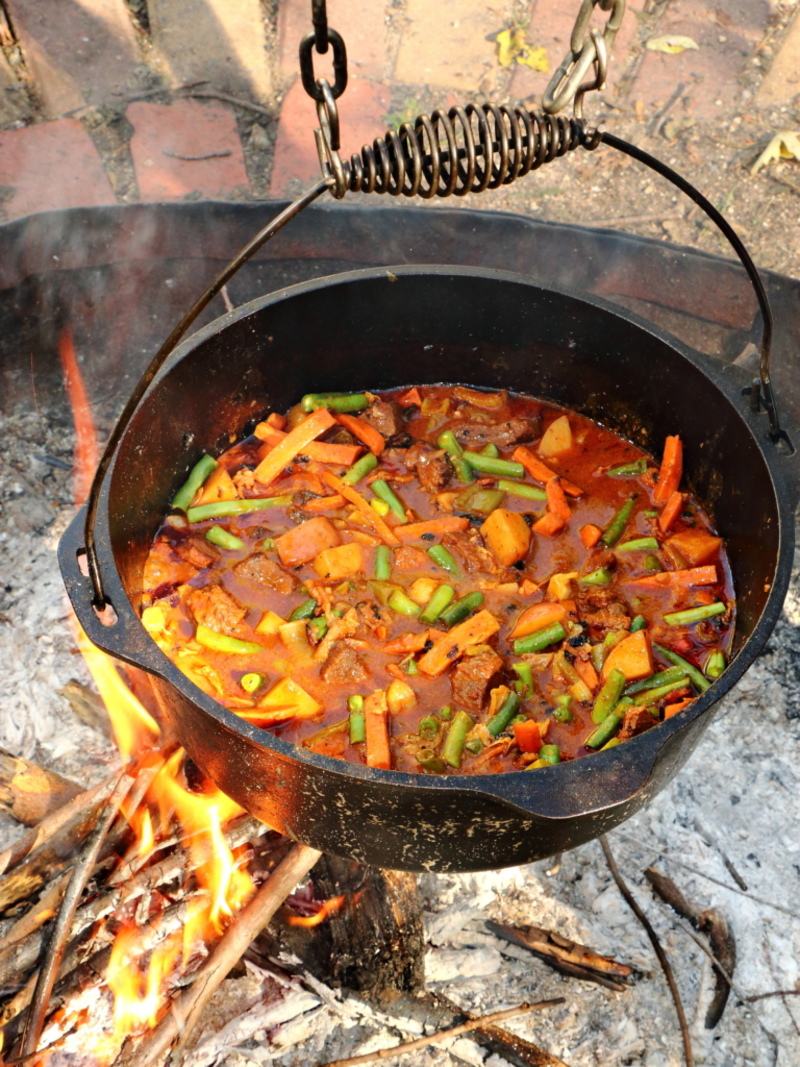
The nutritional benefits of tobacco are absolutely zero so incorporating it as an ingredient has been understood to be for two reasons. Firstly, to act as a sort of thickening agent. And, secondly, to deter anyone from eating your precious supply of food.
Carrot Spaghetti
This creative concoction was encouraged as a hearty meal by the first lady, Eleanor Roosevelt. As the Roosevelt presidency tried to steer America through the Great Depression, marketing meals and recipe ideas were part of the presidential duties.
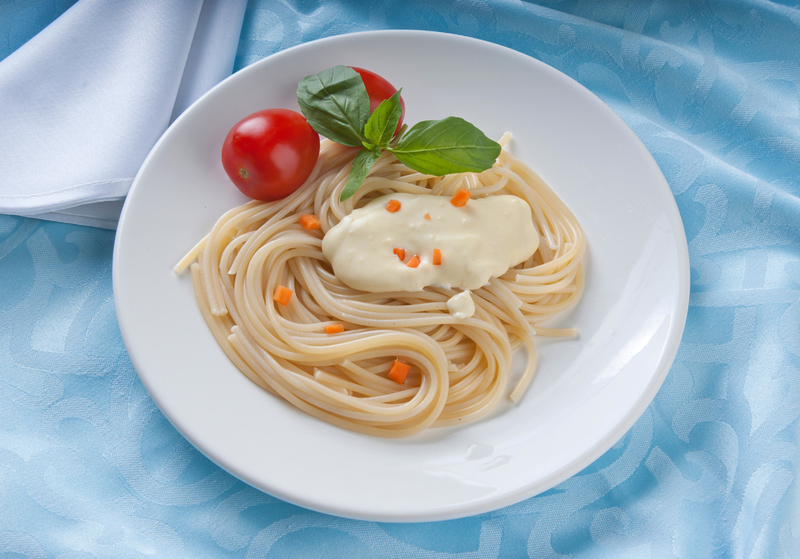
The spaghetti and carrot recipe required that the spaghetti be cooked far past its recommended cooking time in order to become extra tender. Boiled carrots were then to be added and a dollop of white sauce to add a smidgen of flavor. The result? Not too tantalizing but it was good for nutrients and the bank account.
Hoover Stew
Herbert Hoover had his name sarcastically and unironically attached to many depression-era sufferings. For example, if one were to turn their pockets inside out to indicate being penniless, the out-turned pocket was known as a “Hoover flag”. Cardboard, still mostly attainable, was nicknamed “Hoover leather” when used to create shoes.
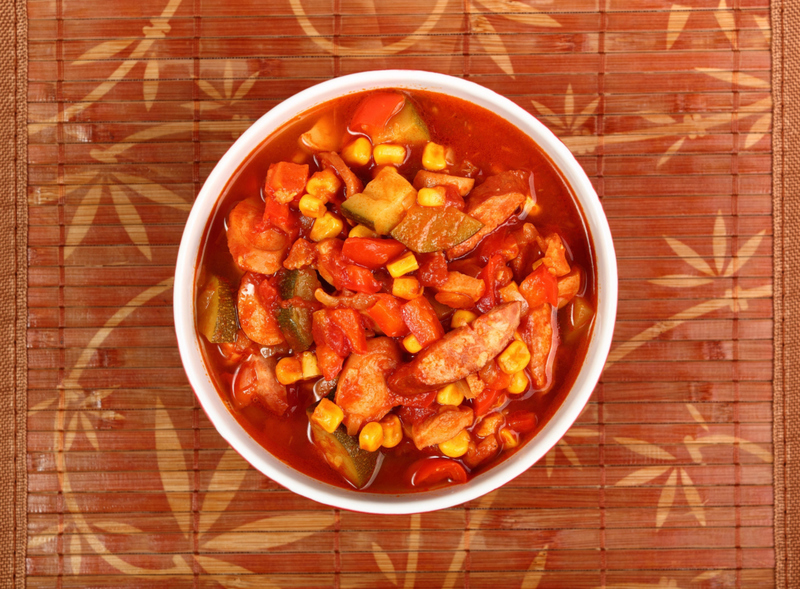
The infamous Hoover Stew follows this tradition. Hoover Stew was made up by mixing macaroni, hot dog sausages, corn, and tomatoes. After being thoroughly mixed together, it would all boil together in a pot and serve as a chunky soup.
A Whole New Way for Onions to Make You Cry
Bizarrely, someone got the idea to combine peanut butter and onions in what can only be described as a wildly unappetizing meal. This “Peanut Butter in Baked Onions” concoction is almost too surreal to be believed but it is well documented that the American Bureau of Home Economics published this recipe.
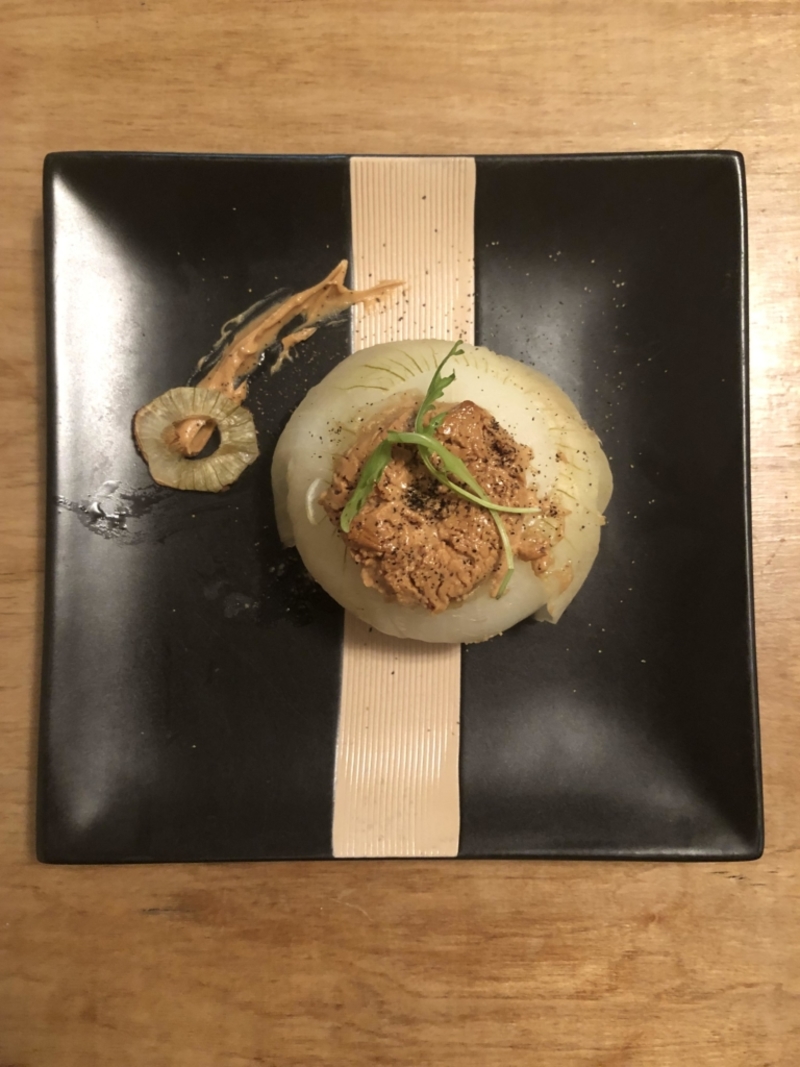
It involves hollowing out an onion, filling it with a mixture of peanut butter and breadcrumbs, and baking it for an hour. Surprisingly, this little mouthful contains many beneficial nutrients and minerals including a tremendous dose of vitamin C.
The Meatless Meatloaf
Let’s hope Meatloaf didn’t find inspiration to name himself after this dish. Known as “meatless meatloaf”, this dish was cooked in a loaf pan and could contain absolutely anything to serve as a nutrient-packed meal.
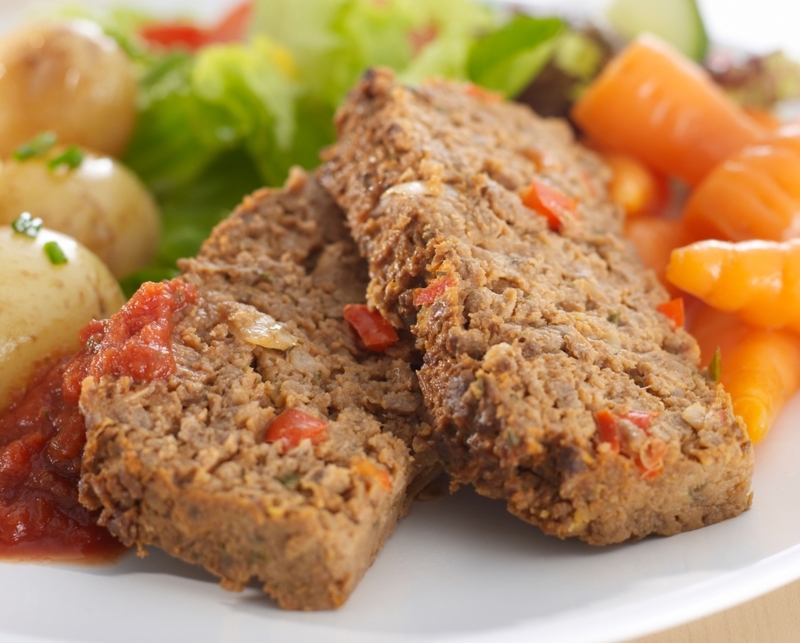
Vegetarians may be tempted to take a bite due to the name of the dish but when we say anything could be added we mean cottage cheese, nuts, kidneys, offal, dried fruit, rice, and anything else available to pack as many calories into the dish as possible.
Chicken Á-La-King
While we won’t think of Chicken á-la-king as a depression-era dish, it was quite typical for the average person. This dish consisted of poultry and veggies over rice or pasta.
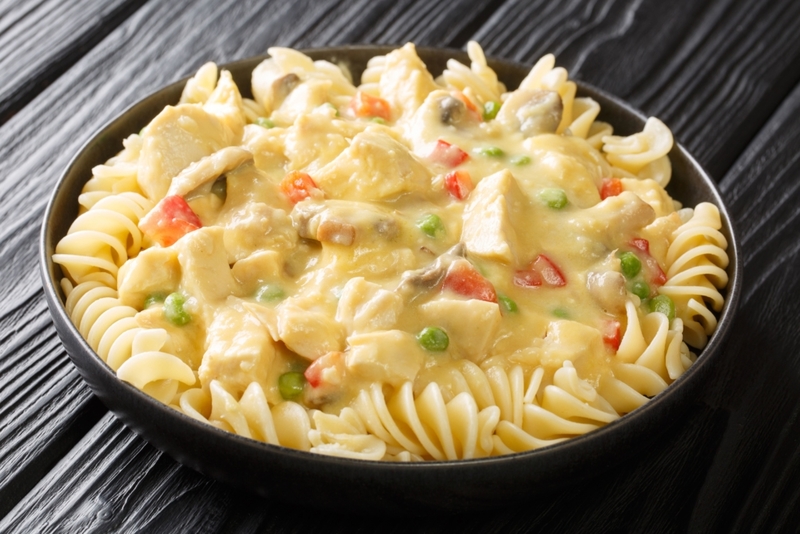
Basically, it’s a crustless chicken pot pie that you serve over a bowl of rice, pasta, or mashed potatoes. This means it could go a long way for hungry families.
Bean Sandwich
The unpretentious bean sandwich was essentially a choose-your-own-adventure dish that started with a few simple elements: red beans cooked in a spicy sauce with tomatoes and onions and then served on bread.
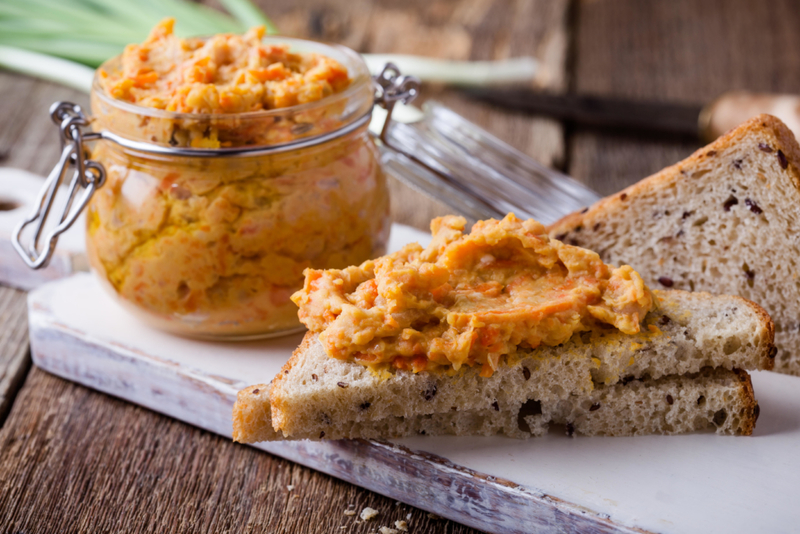
Some even enjoyed it with a generous helping of mayonnaise or ketchup.
Chicken Pudding
Apparently, chicken pudding has been in America’s cooking repertoire since long before the turn of the century, and this dish was still holding steady into the 1900s.
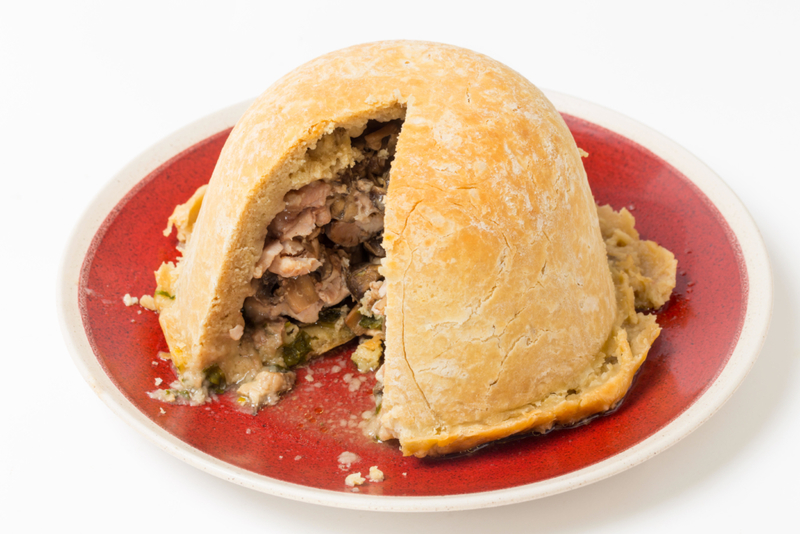
Many would think it’s just a chicken and gelatin blend that’s been steamed in a pastry casing. However, it’s had a dash of cream in along with some vegetables, like potatoes or mushrooms, which makes it sound not half-bad.
Liver Loaf
During the WWII ration years, families would often resort to a centerpiece like liver loaf paired with veggies like fried spinach or boiled carrots.
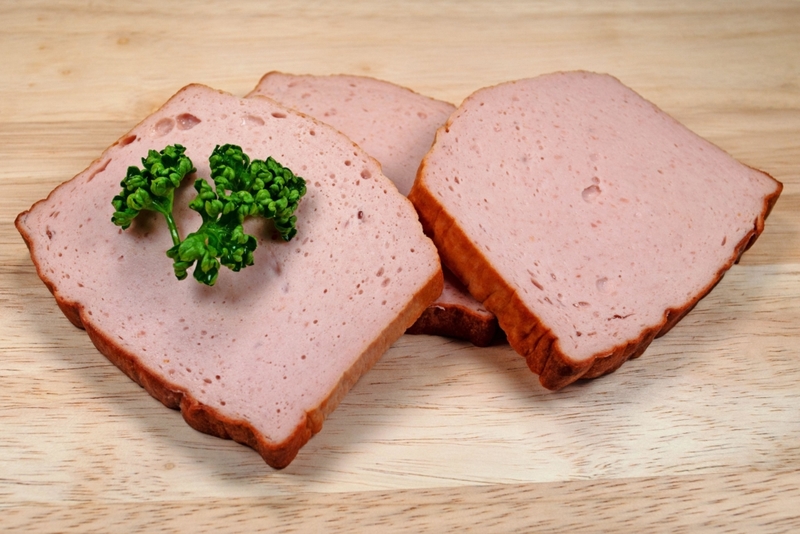
A liver loaf consists of beef, chicken, or pork livers. It is made by grinding the livers very finely and then baking it as a loaf in a bread pan until it has a crunchy brown crust. While it doesn’t sound as appetizing, it was a very nutritious dish.
Sloppy Joes
Now we may know sloppy joes as a staple in school cafeterias, but sloppy joes have actually been served since the 1930s.
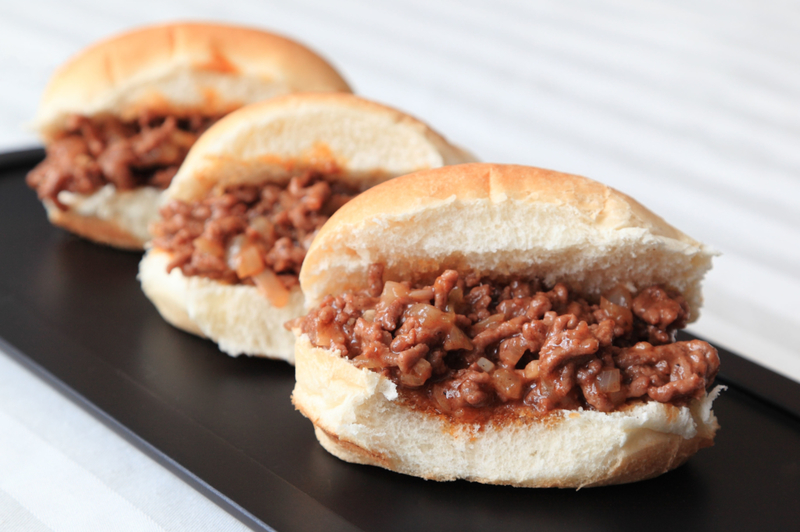
The sloppy joe, if served properly, can be the perfect combination of economics, nutrition, and heartiness.
Chicken and Dumplings
This dish is almost as emblematic of Southern cooking as fried catfish or collared greens. Thanks to it being easy to make and cheap to prepare, it became pretty popular during the 1930s. Essentially, the addition of dumplings helps stretch the chicken into a few more meals which proved to be just as filling.
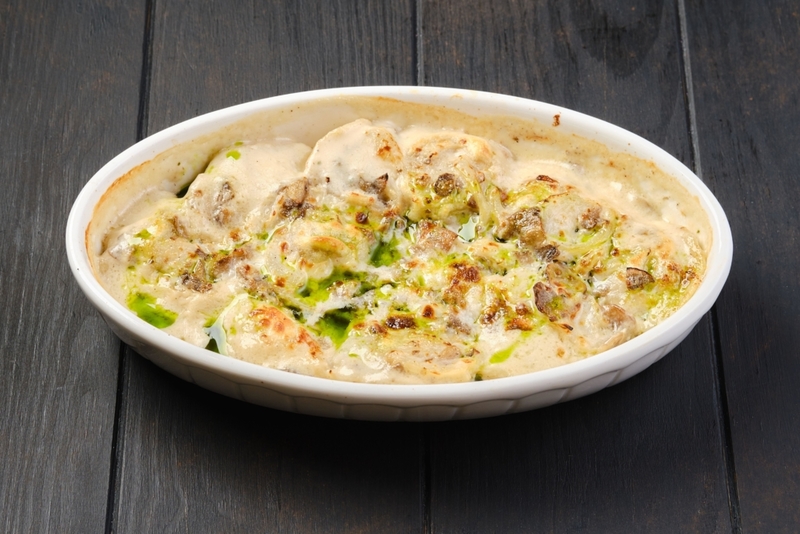
Many assume the dish originated during the Great Depression, but actually, it came a few decades before and proved very practical when times were tough.
Fried Okra
Fried okra gets a bad rap, but when it comes to comfort food, fried okra is right up there with biscuits and gravy. When fried whole in buttermilk batter and a seasoning mixture, okra can make for a delicious side dish.

Okra pods are also jam-packed with antioxidants and vitamins, making okra a pretty healthy choice.
Boiled Peanuts
To those unfamiliar with this iconic Southern treat, boiled peanuts can seem like a peculiar snack. It’s clear they were a thing, but why?
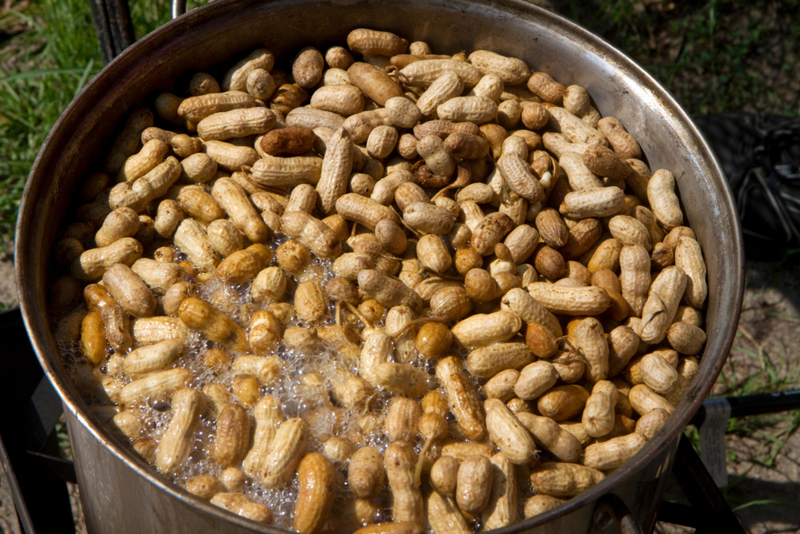
Boiled peanuts might be a slight upgrade from your average bag of peanuts, and as a snack, they did well to stave off hunger pangs for at least a few hours. Apparently, some people would even eat the shells.
Chitlins
The thing about chitlins is that, if you think about it, they’re pretty gross. But chopped-up hot intestines that were either fried or boiled in a stew, truly represent the nose-to-tail way of cooking and held great significance for so many families down on their luck.
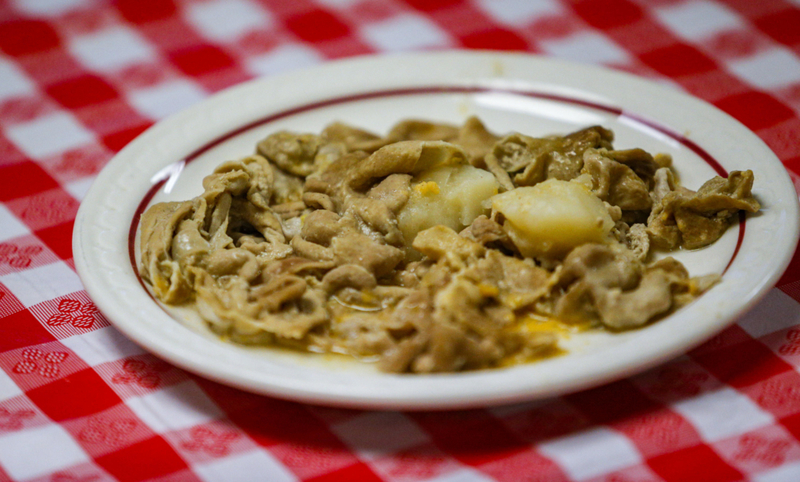
The dish is deeply imbued with historical significance. If you’ve never tried it, then you’ll never know if you’ll be one of the people that appreciates this uniquely Southern delicacy.
Fried Catfish
These freshwater fish sure became popular as a Southern regional specialty, especially since fish were so plentiful and money was scarce.
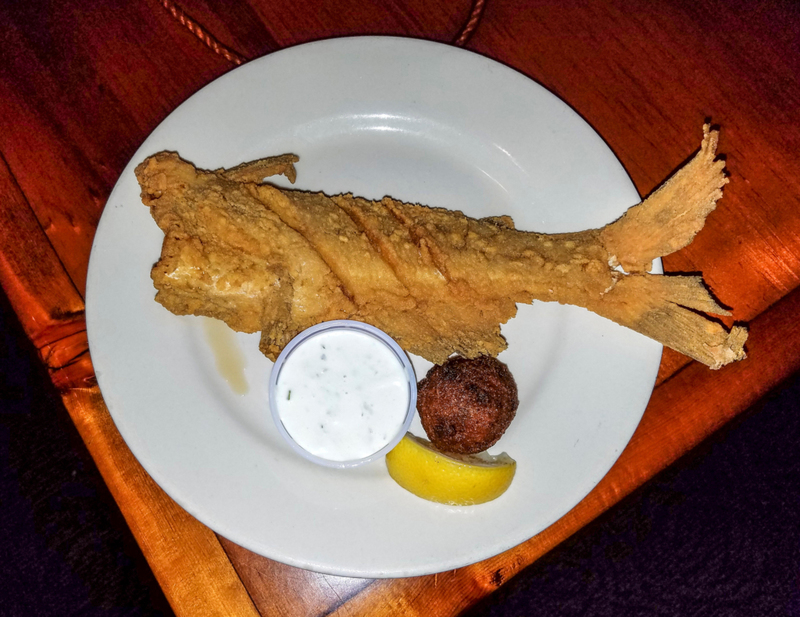
It is no wonder that fried food became popular during a time of great need. It was perfect for when people wanted to eat something that was rich in calories but also tasty.
Brunswick Stew
Originating in the South, the good people of both the town of Brunswick, Georgia and Brunswick County, Virginia, equally claim to be the point of origin for this stew.
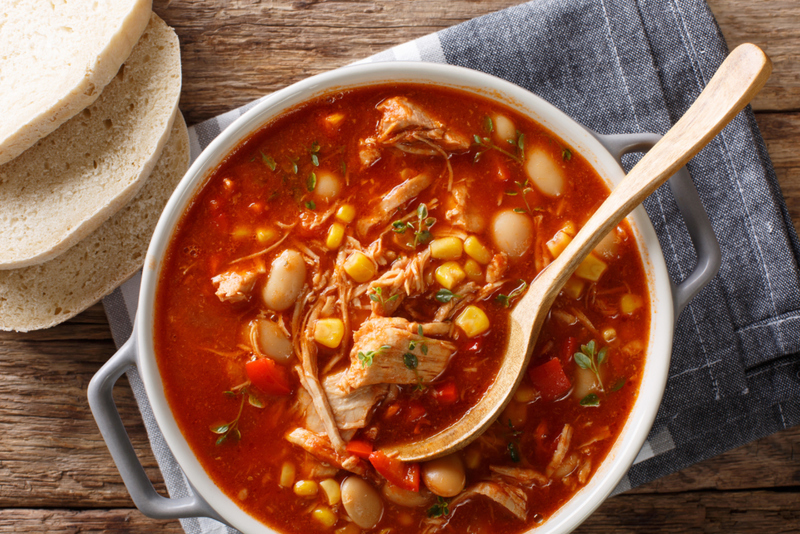
It proves to be a fairly basic dish that consists of tomato-based broth, lima beans, corn, and okra, with some old-timers mentioning that they also include opossum, squirrel, or rabbit.
Biscuits & Gravy
Even today, people still stuff their gullets with piping-hot biscuits and gravy.
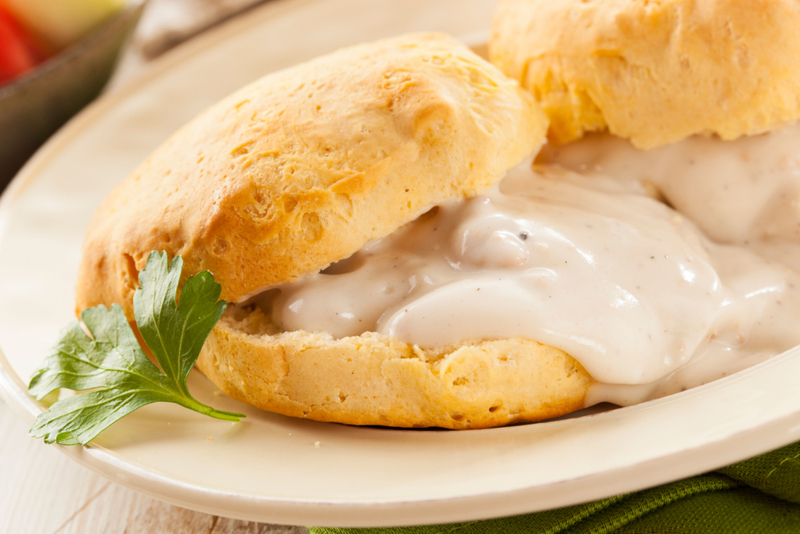
This hearty meal was meant to satisfy you no matter what kind of biscuit you slather the gravy on. Back when workers had a tough day of manual labor ahead of them, it only made sense that they ate this as a hearty breakfast.
Collard Greens
A dinner table with collard greens, simmered slow and low with plenty of onions, is what made some meals more memorable than others.
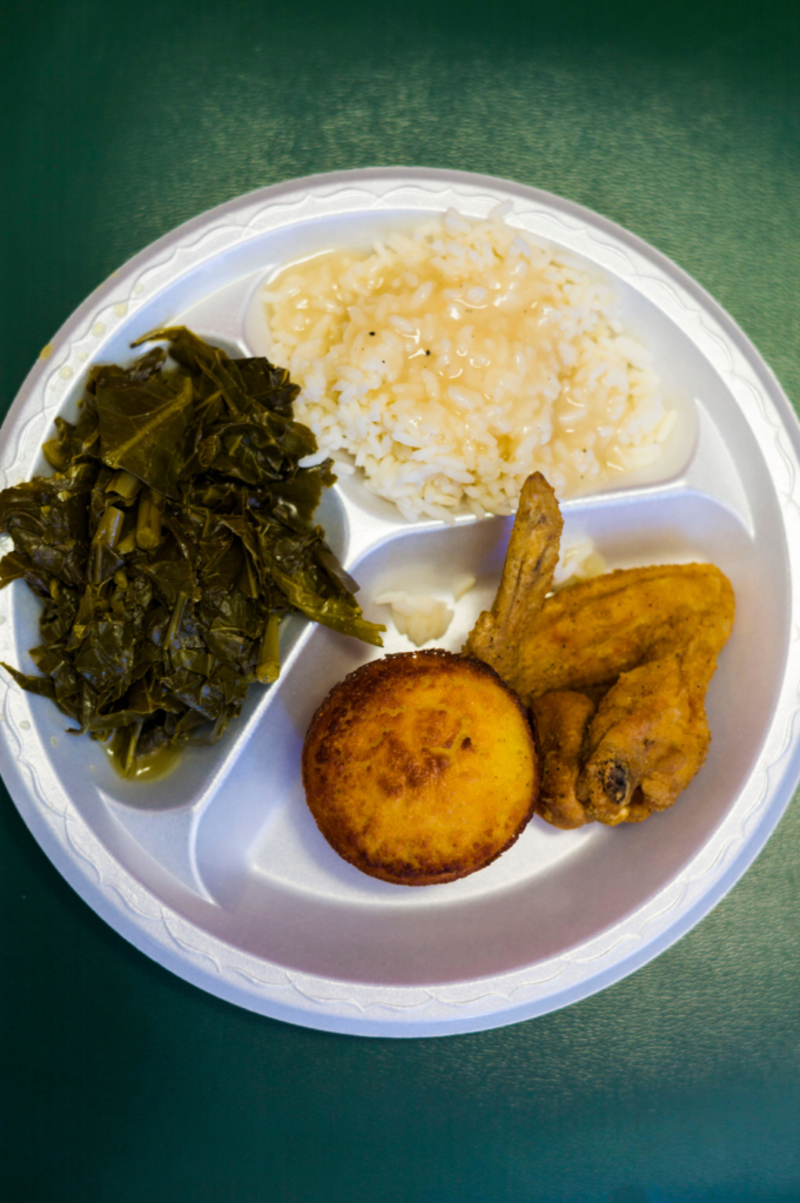
Collared greens are commonly used in Southern cuisine, and it seems there was very little else when it came to iron-fortified leafy greens.
Fried Green Tomatoes
Golden and crispy on the outside, fried green tomatoes are warm and firm on the inside with just the slightest hint of a pulpy tomato crunch.
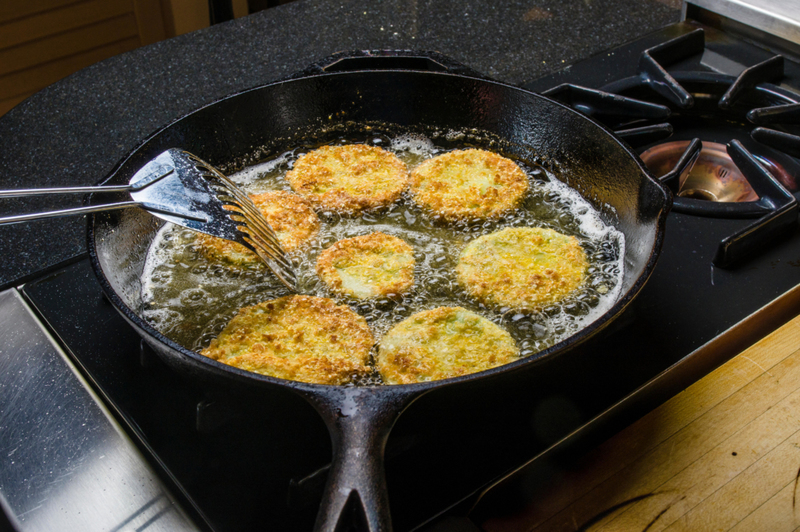
These golden rounds of nightshades may or may not be the cornerstone of the South’s all-time greatest staple dishes that originated in the early 1900s.
Fried Bologna
Bologna has always been known as a kind of mystery meat, and this “recipe,” if you can call it that, is basically just what it sounds.
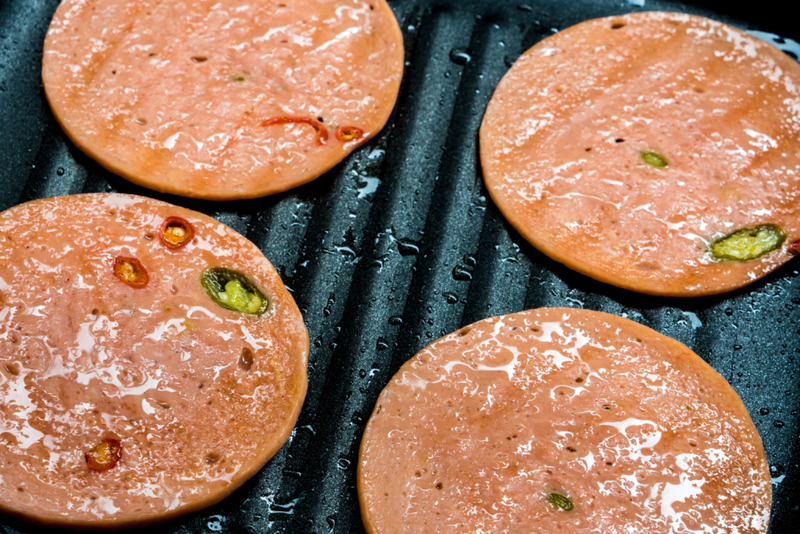
Despite its humble beginnings, it’s been reclaimed in recent years by hipster restaurants and renowned chefs who want to transform this processed meat into something else. Interpretations include sandwich meat to be eaten with brioche buns and fancy mustard.
Peanut Butter on Sliced Bread
Before the rise of the PB&J, the common snack was peanut butter and sliced bread, two affordable ingredients in the depression-ridden US.
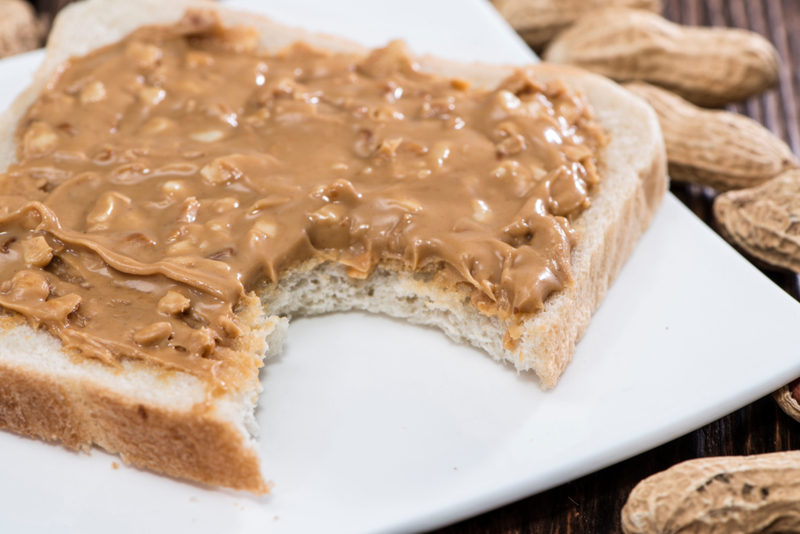
During WWII, they added jelly to the military rations list, and soldiers soon realized the power of PB&J.
Cornbread
There certainly is no shortage of cornbread recipes out there, but this version from the Depression-era is making a comeback thanks to its minimal list of ingredients.
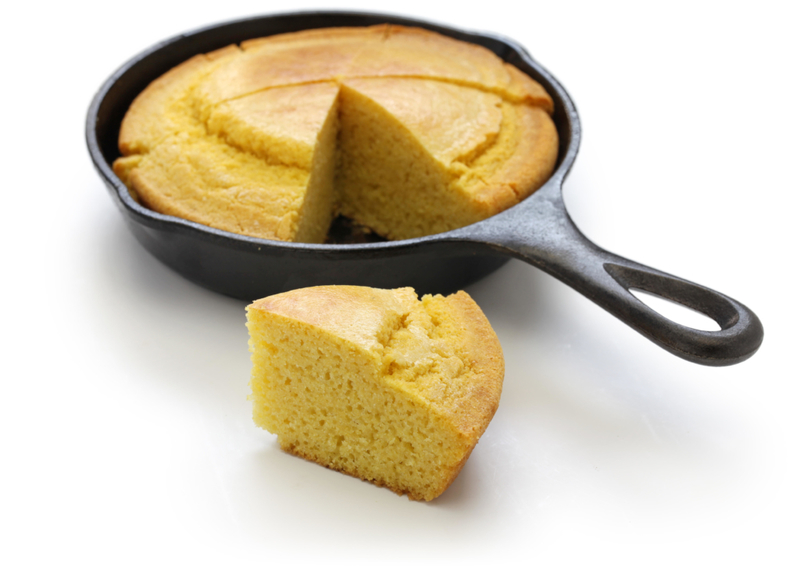
This cornbread features cornmeal, water, and salt. Depending on the ingredients you have on hand, you can either make the basic version that was popular during The Great Depression or modify the recipe to your taste.
Vegetable Cabbage Soup
Another staple during the Great Depression was cabbage. For people who didn’t love the bitter taste, they would add other vegetables to their cabbage-based dishes to make them a little tastier.
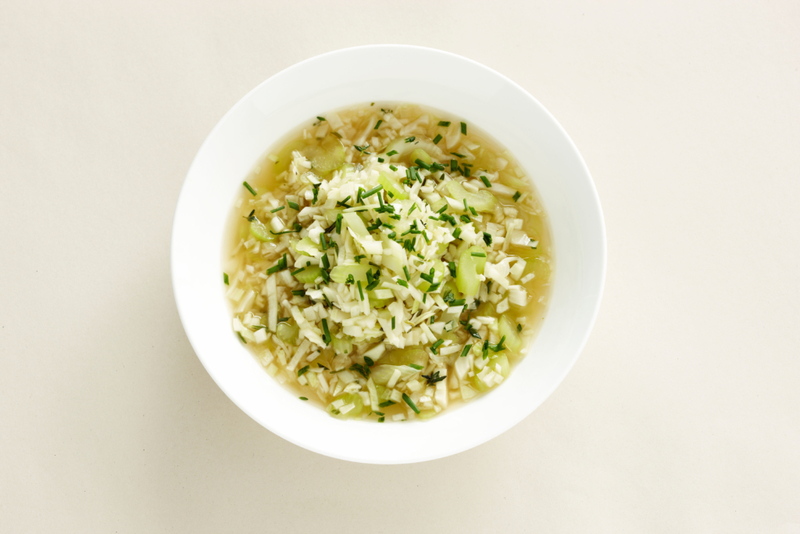
Today, it’s one of the most versatile soups out there. To keep to the Great Depression theme, beans were also a popular addition.
Sausages and Beans
This dish is also known as hot dog casserole. Due to its ease of cooking when camping outdoors, this Depression-era food has become quite widespread.
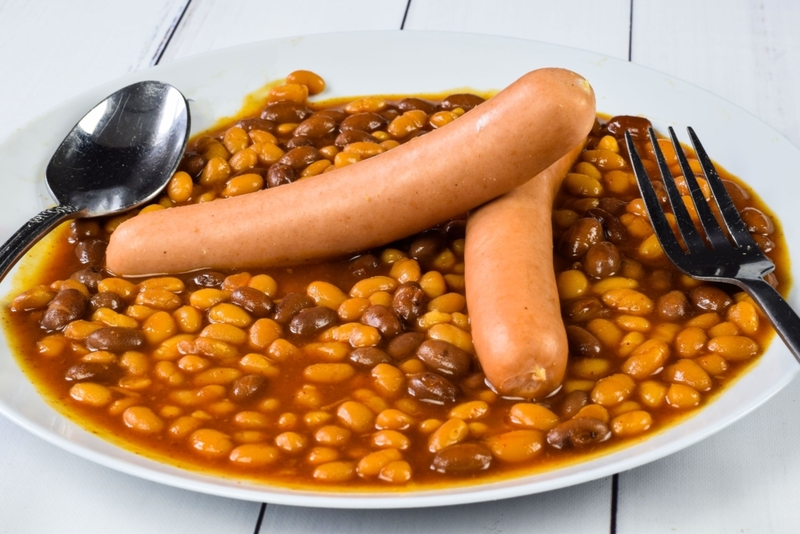
This mystery meat boiled with legumes became a staple at the dinner table during the era, especially when combined with any spices available.
Hot Dogs
Call them wieners, bangers, franks, or dogs — this dish is just about as American as baseball and apple pie. Hot dogs certainly haven’t gone out of style since the Great Depression, but they were likely introduced in the late 19th century.

Legend has it that vegetable stands started offering what they called a “depression sandwich” during the 1930s, which was a hot frankfurter on a roll with whatever vegetables happened to be around.
Meat and Potato Patties
During the Depression era, meat was heavily rationed and had to be purchased with tokens, so a recipe like this went a long way in feeding a family.

This food combination has been around for ages, it seems. Since potatoes prove to be very filling, in this dish, they made up the bulk of the patty.
Bread & Butter Pickles
American newspapers start mentioning this dish, out of nowhere, around the Great Depression. Soon enough, everybody knew that a few pints of bread and butter pickles could make it through a year’s worth of lunches.

Even in the midst of World War II, Iowa’s Homemaking Department was promoting baked beans with bread and butter pickles with mayonnaise as a wartime staple.
Gelatin
If someone needed a cheap source of protein during the 1930s, gelatin was most likely their go-to ingredient. Many Depression-era cookbooks featured gelatin in their recipes. Corned beef salad and other congealed salads were popular at the time.
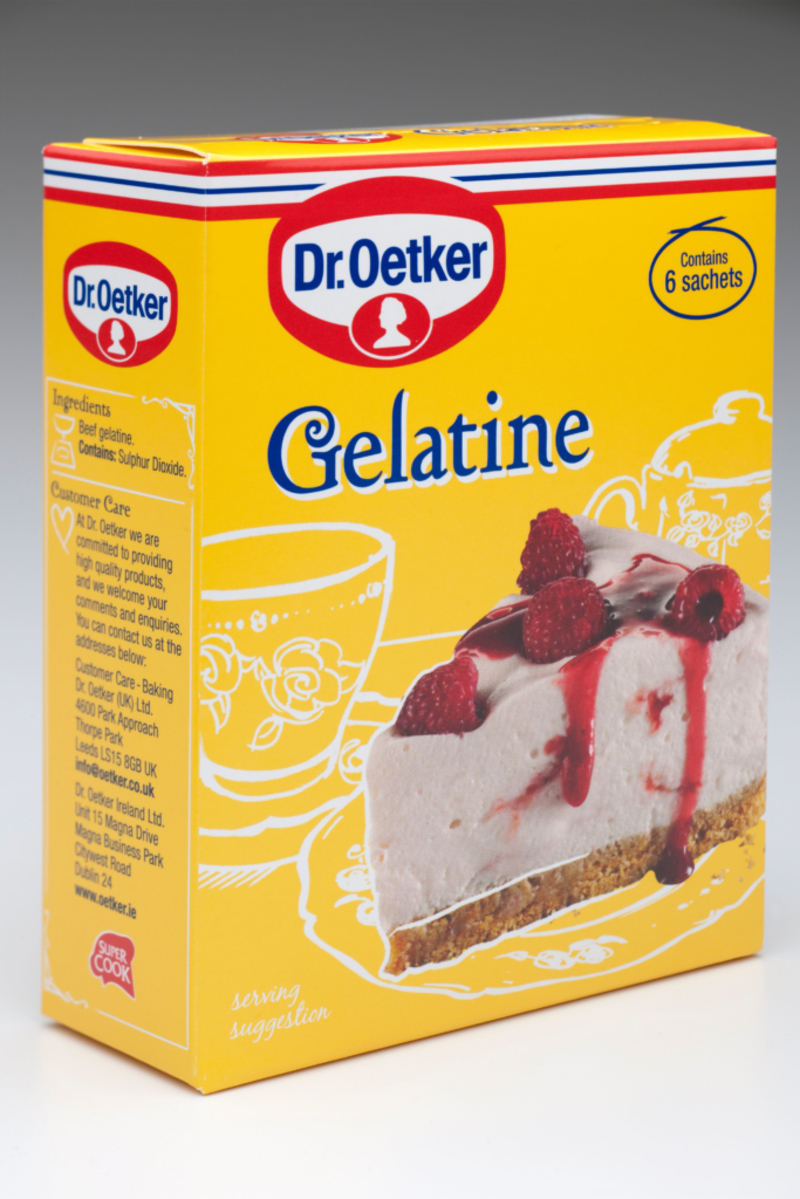
Congealed Salads were dishes people ate during tough times. Corned beef salad must have been particularly gross, with its repulsive blend of canned corn beef, gelatin, canned peas, and vinegar.
Clam Chowder
True or traditional chowder is a matter of debate. There are numerous varieties, and each has its loyal following, but what we can say for sure is that clam chowder has since become classic comfort food.
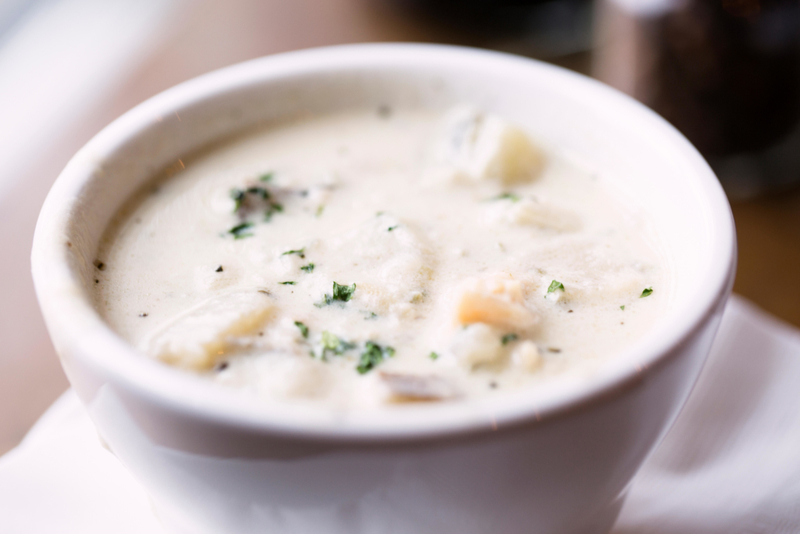
Clam chowder has a long and storied history in North America. During the Depression era, money became scarce, but fish still remained plentiful and affordable, so that’s how many towns and cities close to the coast started eating more fish chowder.
Peach Cobbler
Cobblers originated in the British American colonies as the new immigrant settlers were unable to make traditional suet puddings due to a lack of suitable ingredients and cooking equipment.
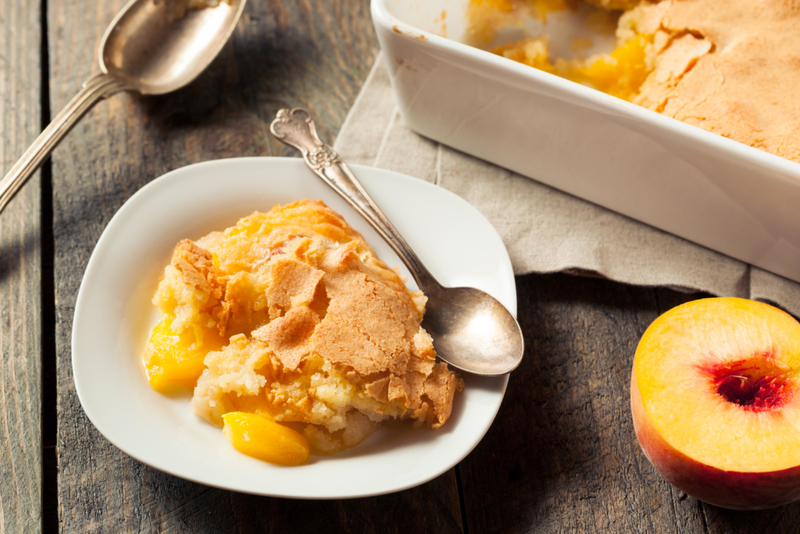
So they made do with what they had and covered stew-filling with a layer of uncooked plain biscuits, scone batter, or dumplings, fitted together.
One thought on “Get a Taste of Even More Bizarre Depression-Era Foods”
Leave a Reply
You must be logged in to post a comment.

These Stars Have Soap Operas to Thank for Their Careers

Pet Safety For The Holidays

The Tale Of The 29-Year-Old Model That Chose To Amputate Her Leg In Order To Save Her Life

A Step-by-Step Guide on Kitten Litterbox Training

More Of The Best Small Towns Across America

Exhaust Pipe Pearl: Just a Few of the Stories Mechanics Have Collected

Vacation Photos Gone Horribly Wrong Part 2

‘The Sopranos’ Showrunner Finally Explains His Cryptic Ending

Fool Me Once Shame on You – Sneaky Ways Brands Have Misled Consumers Part 2

Photos That Prove How Hilarious the 9-5 Life Can Be



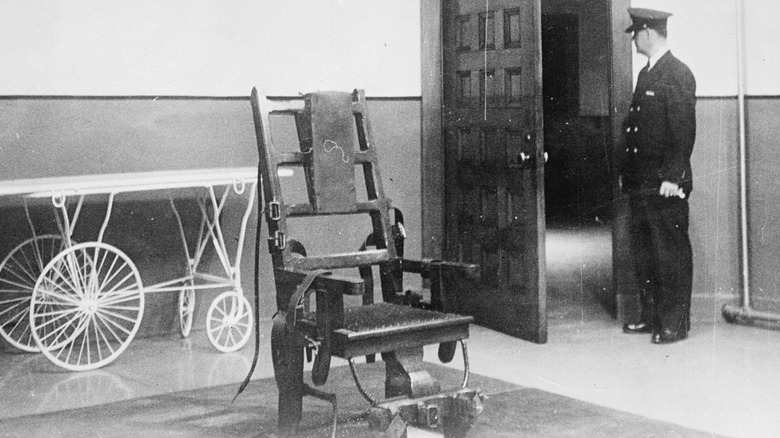






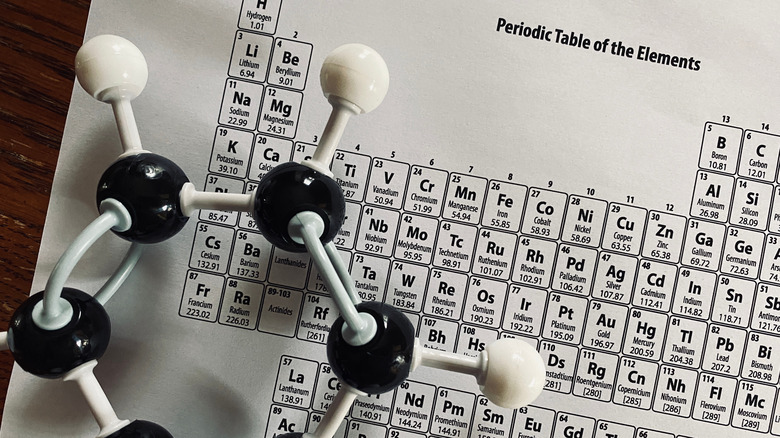













Your article made me suddenly realize that I am writing a thesis on gate.io. After reading your article, I have a different way of thinking, thank you. However, I still have some doubts, can you help me? Thanks.